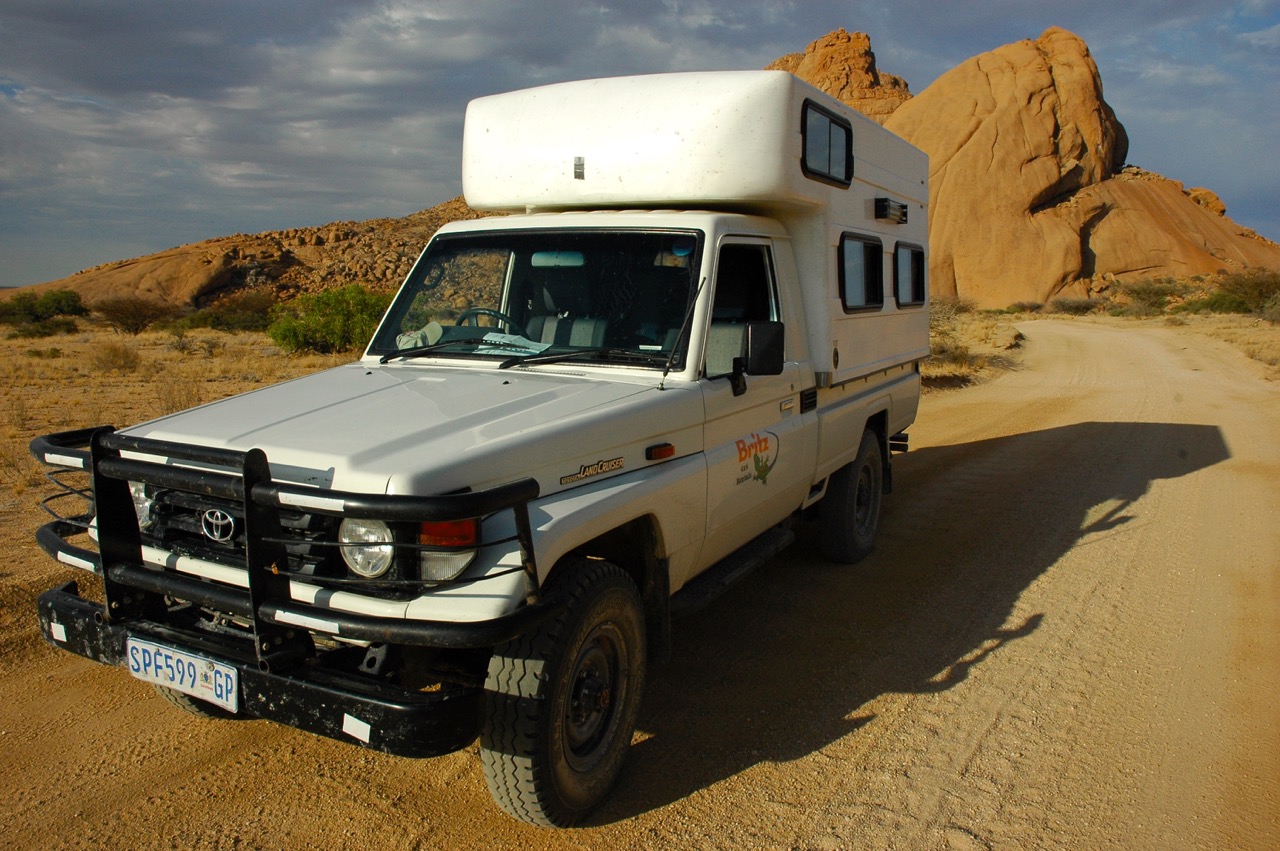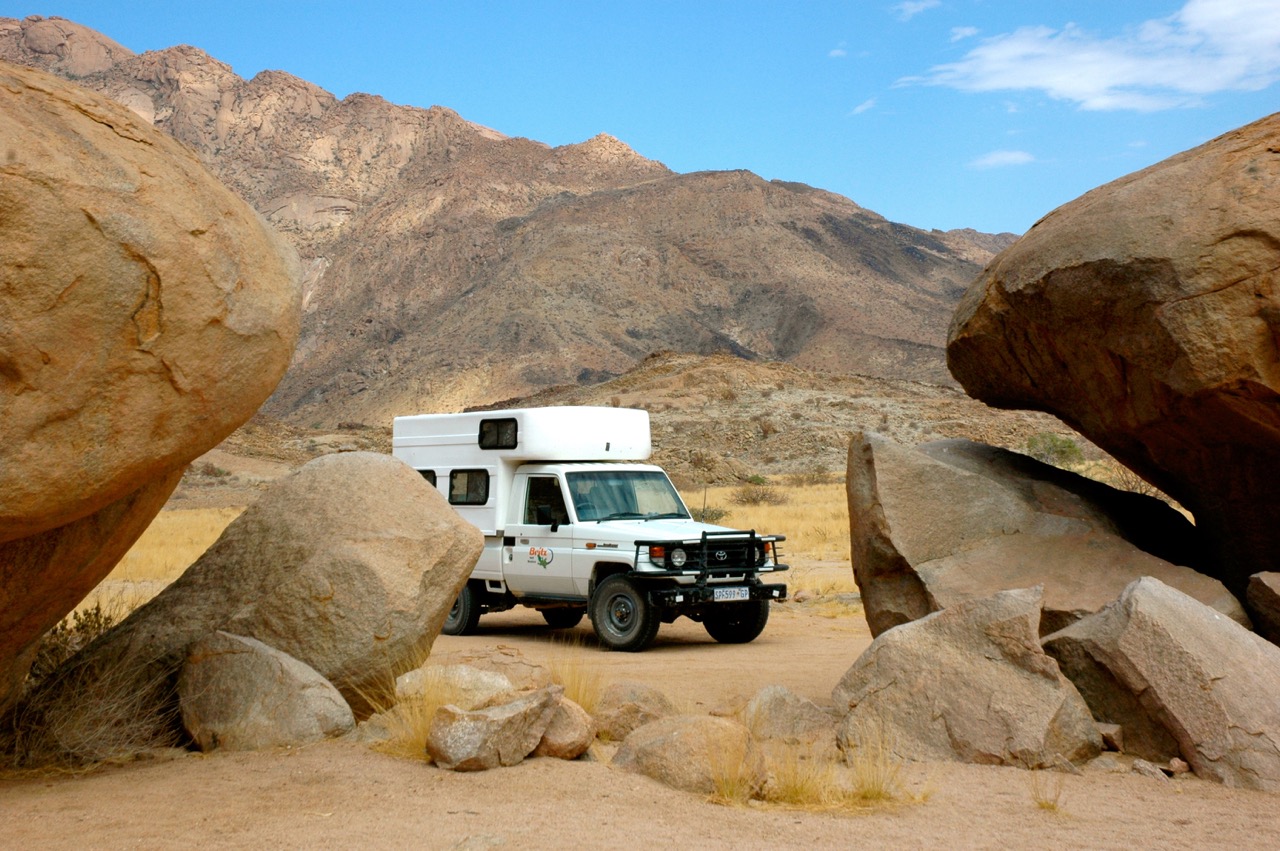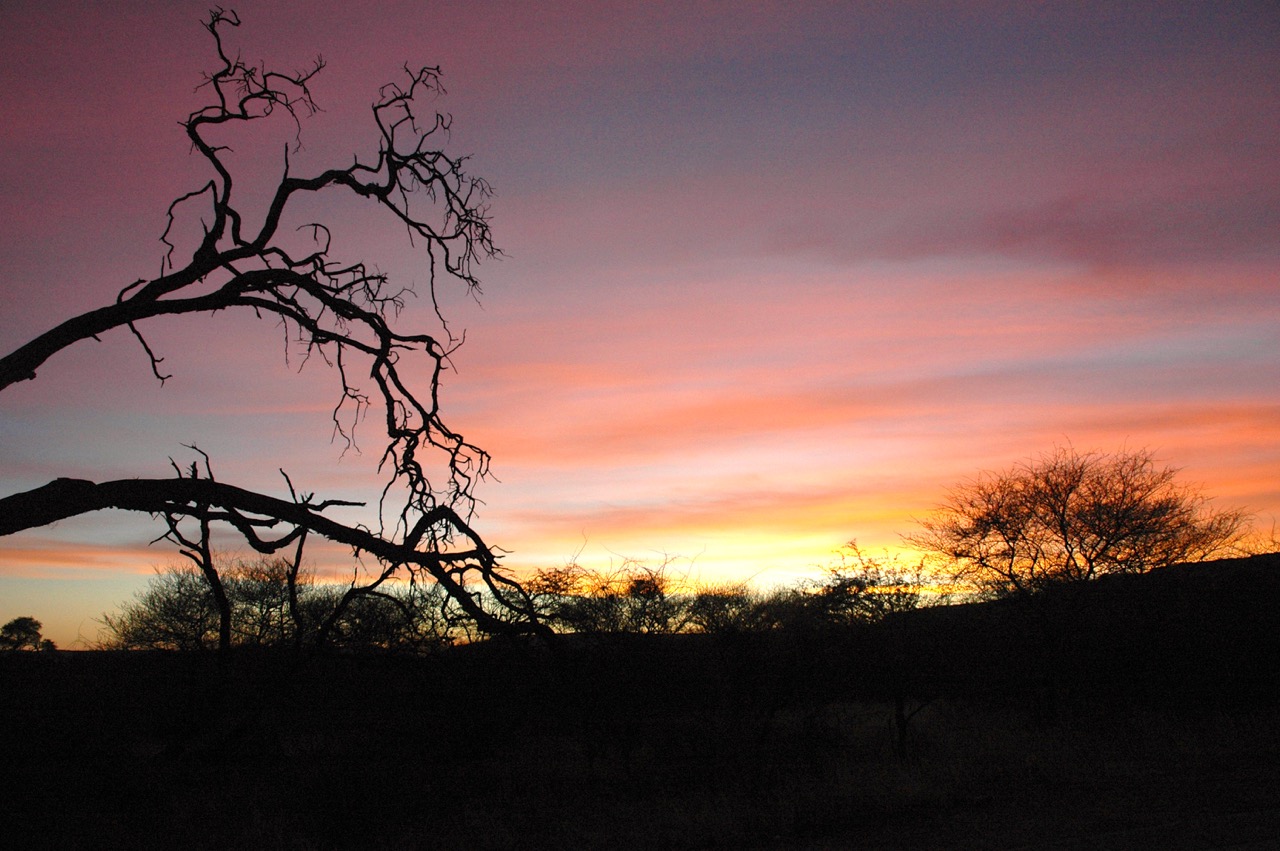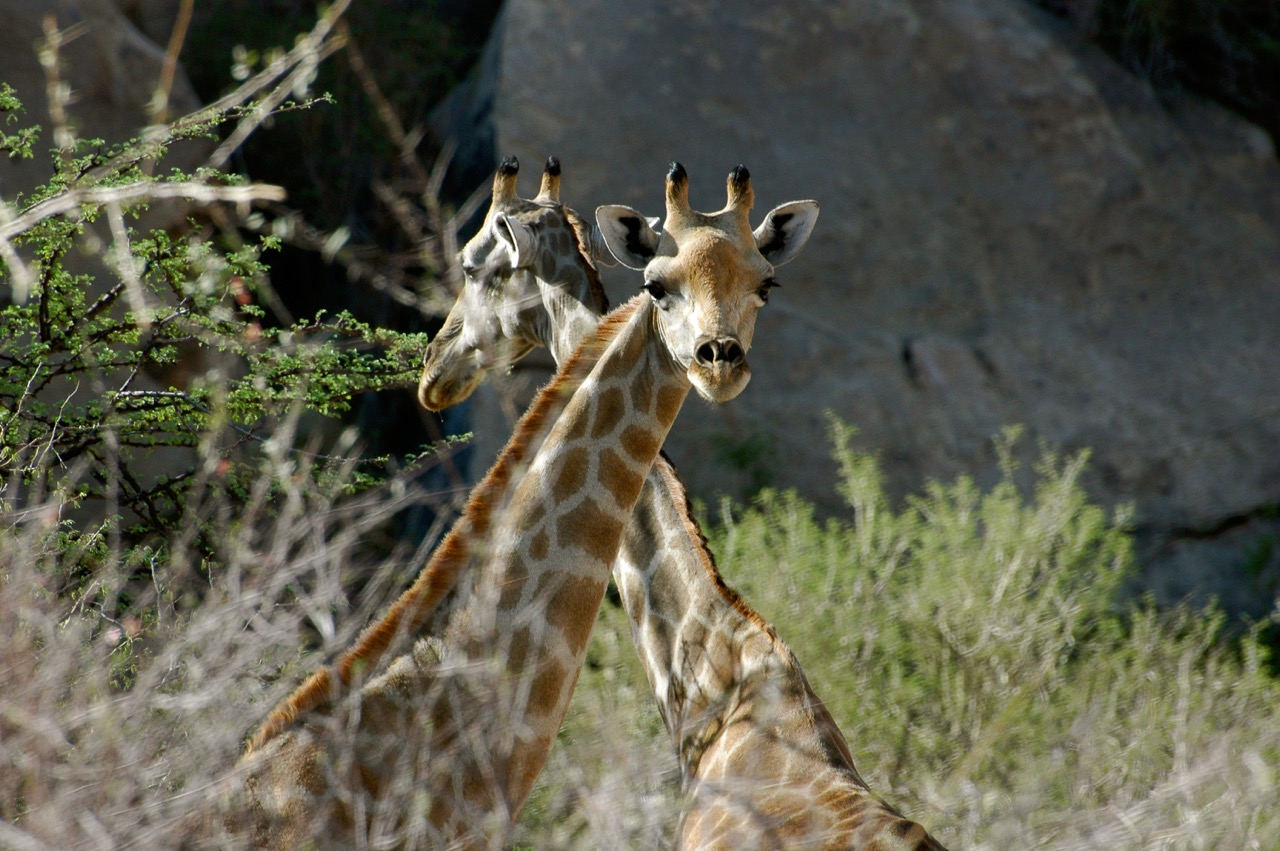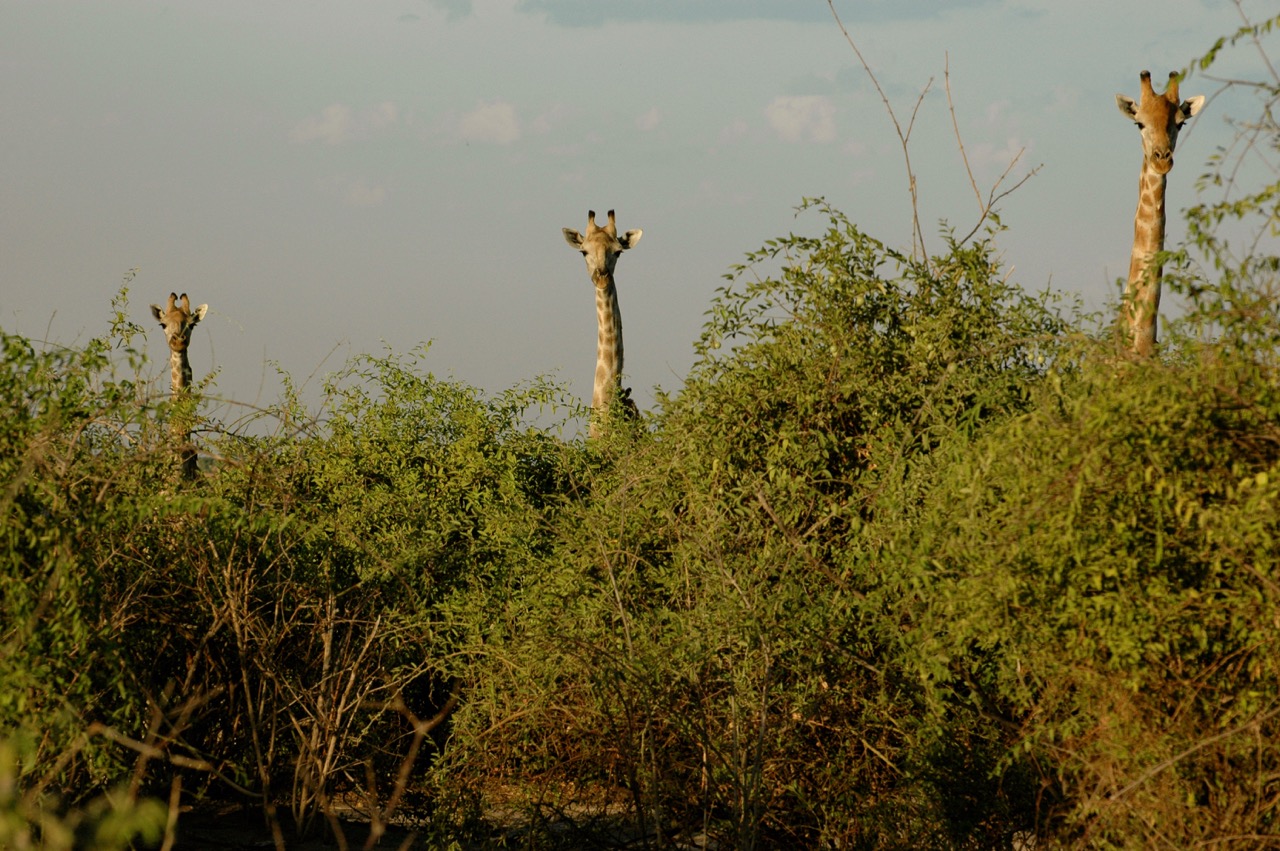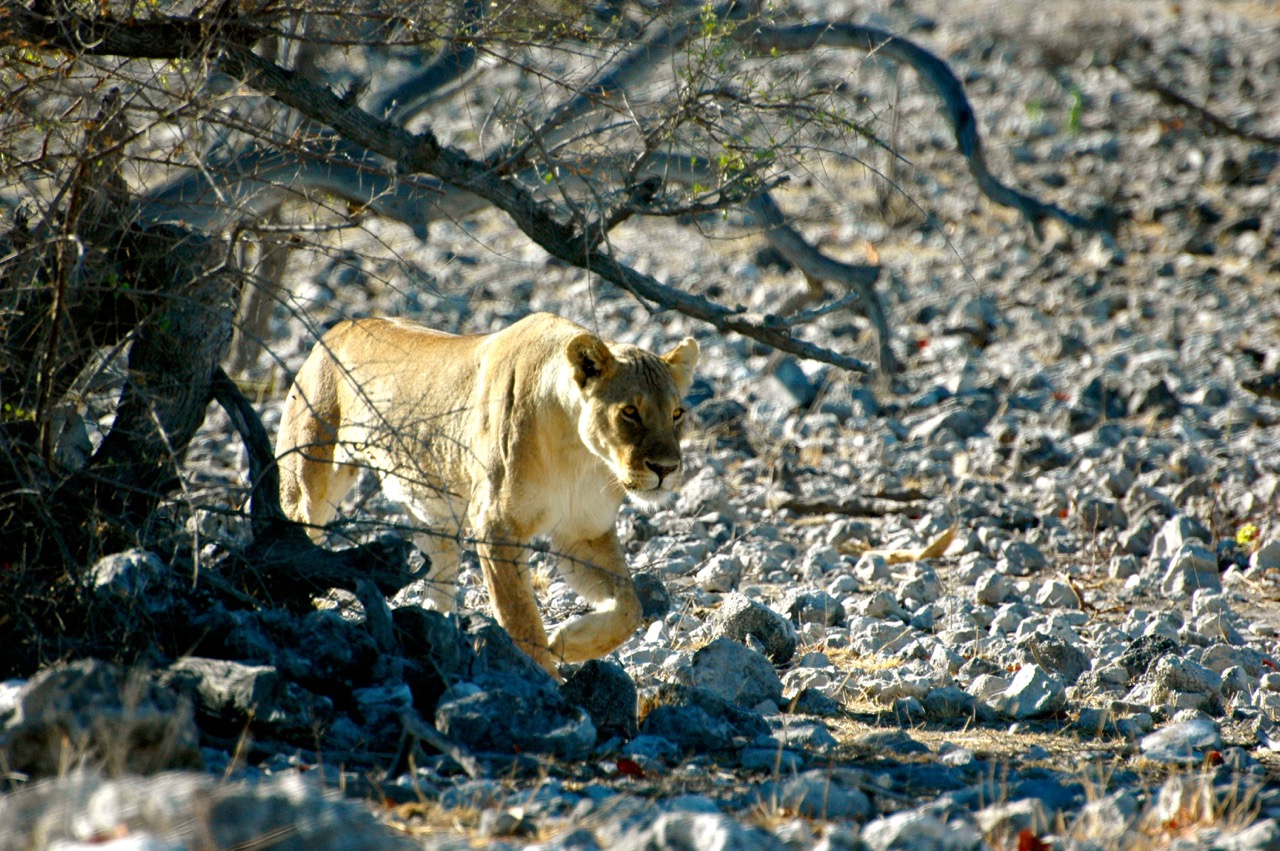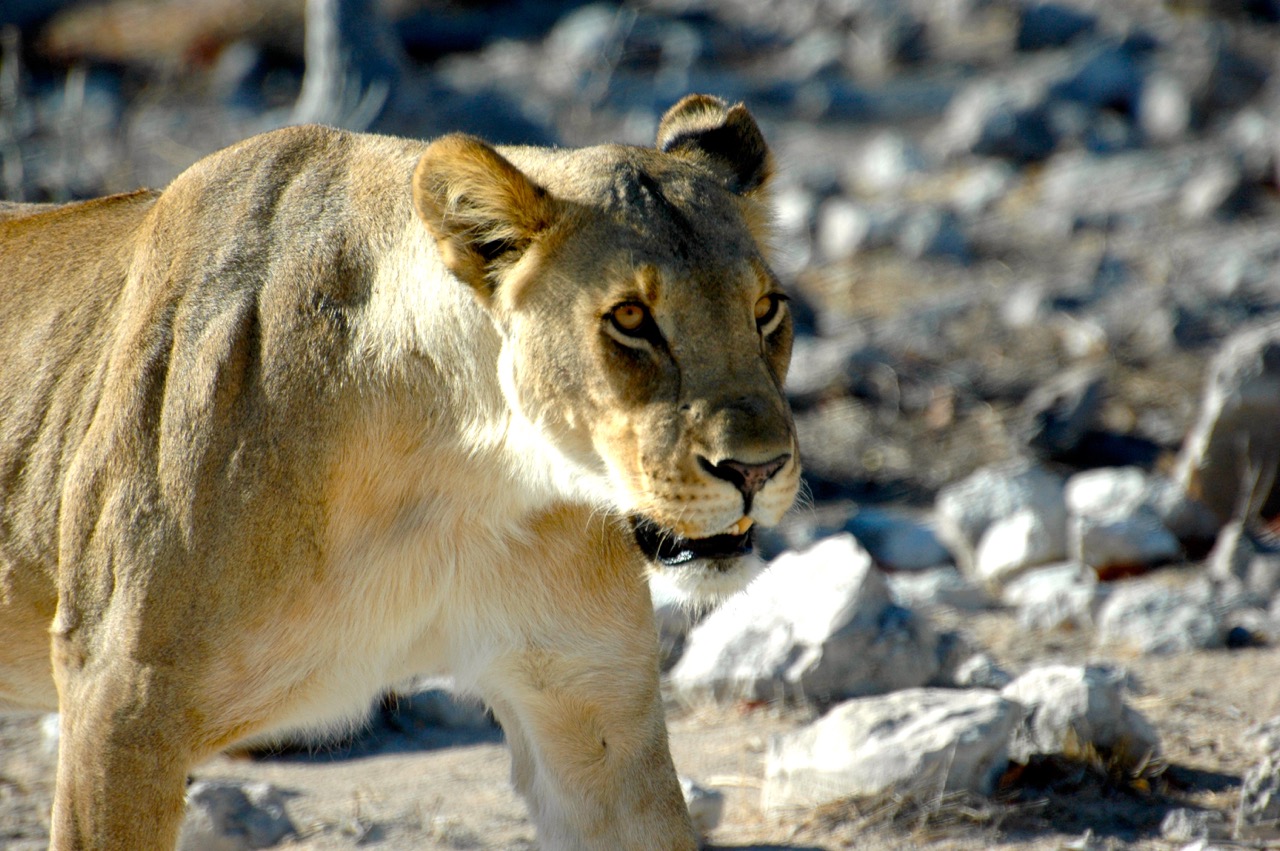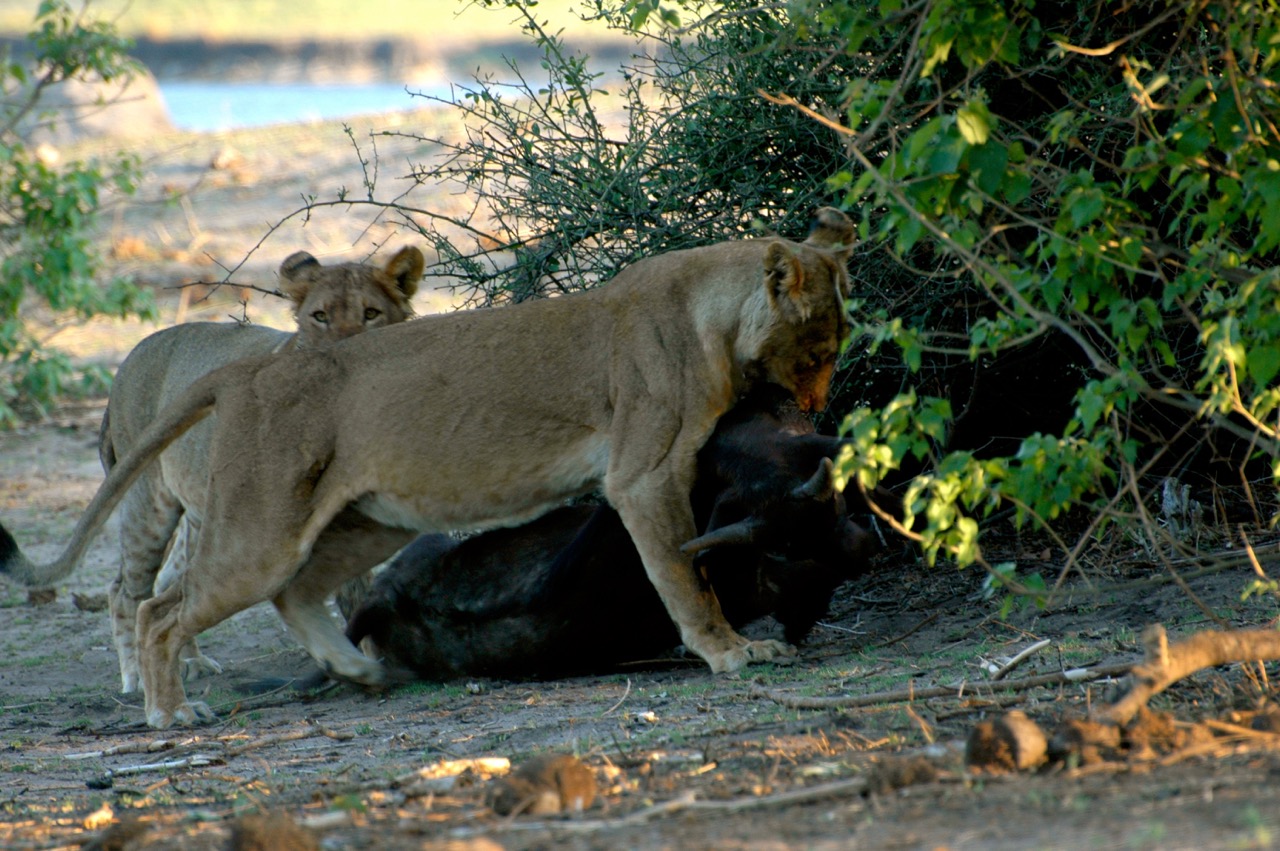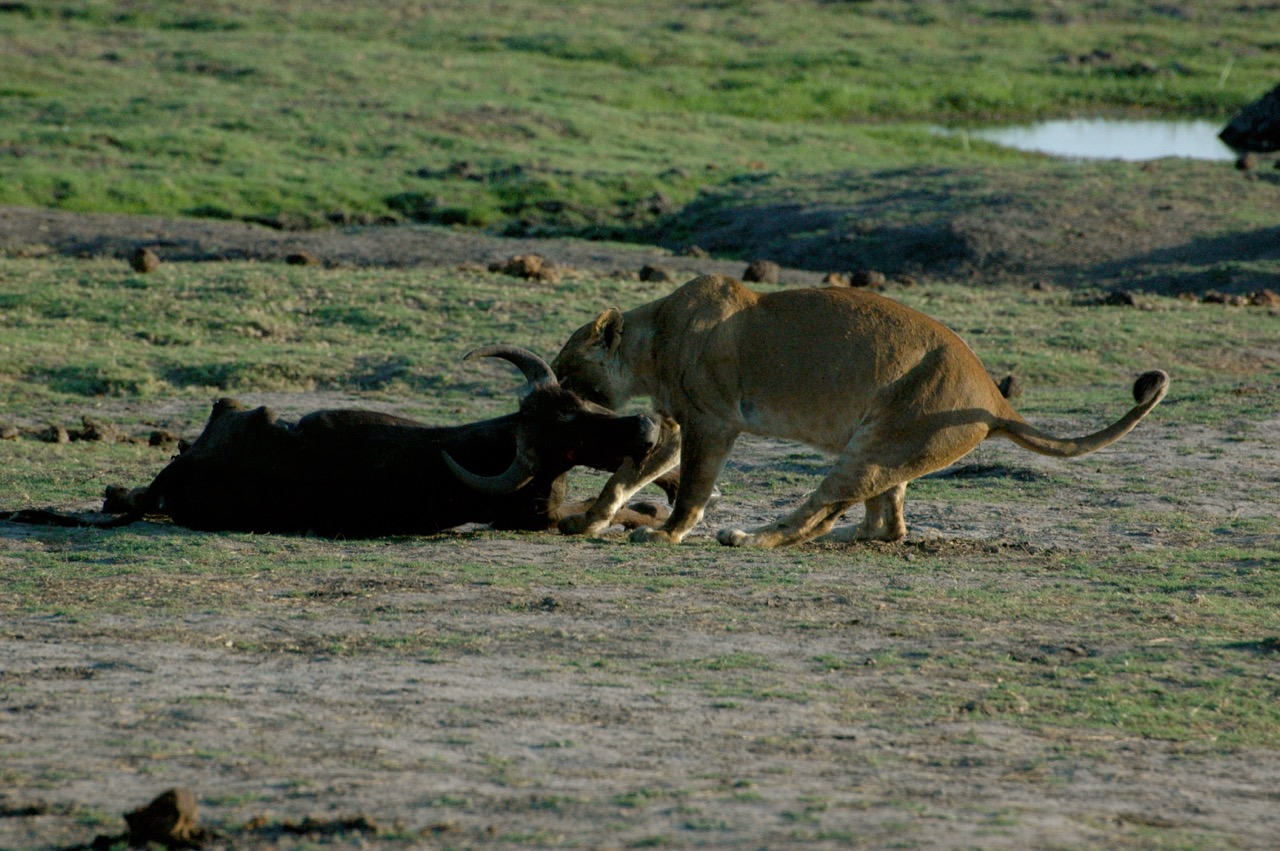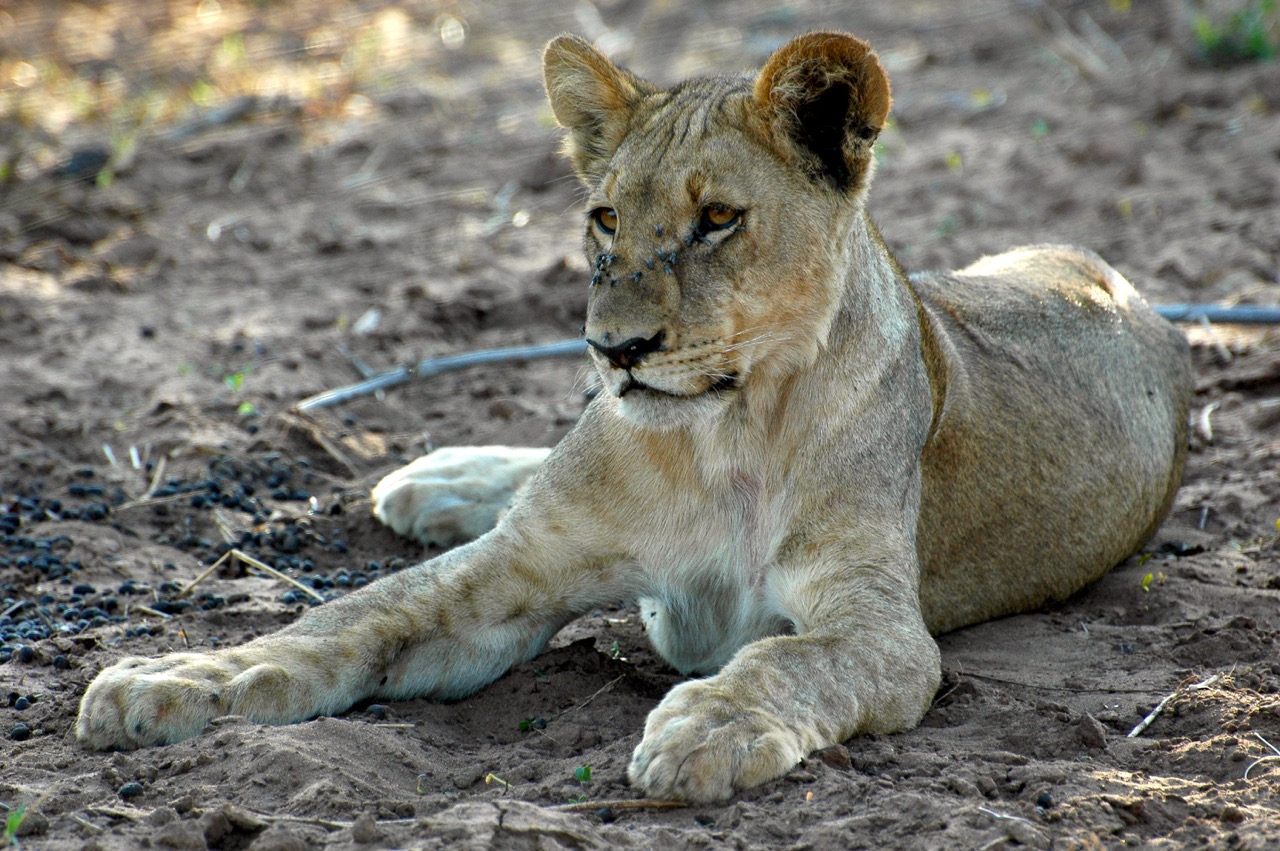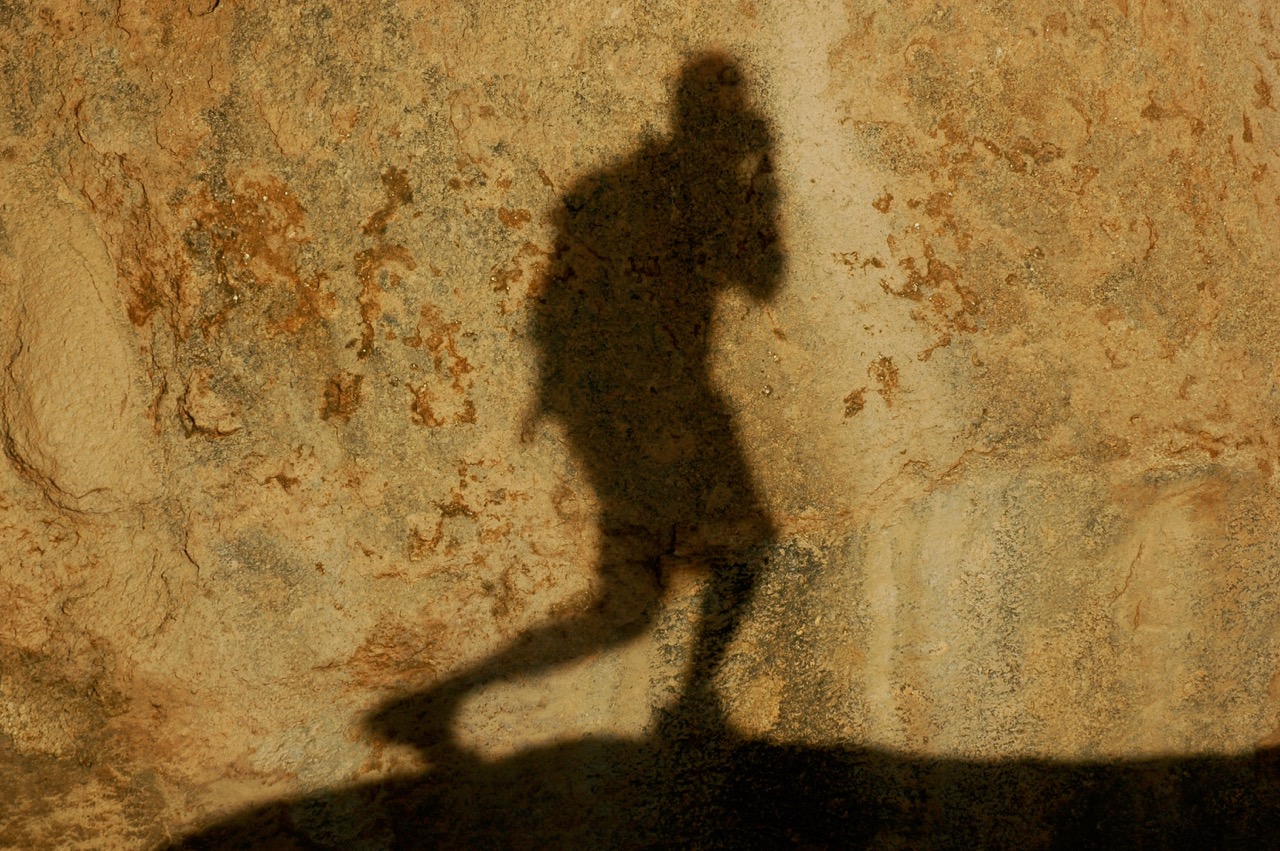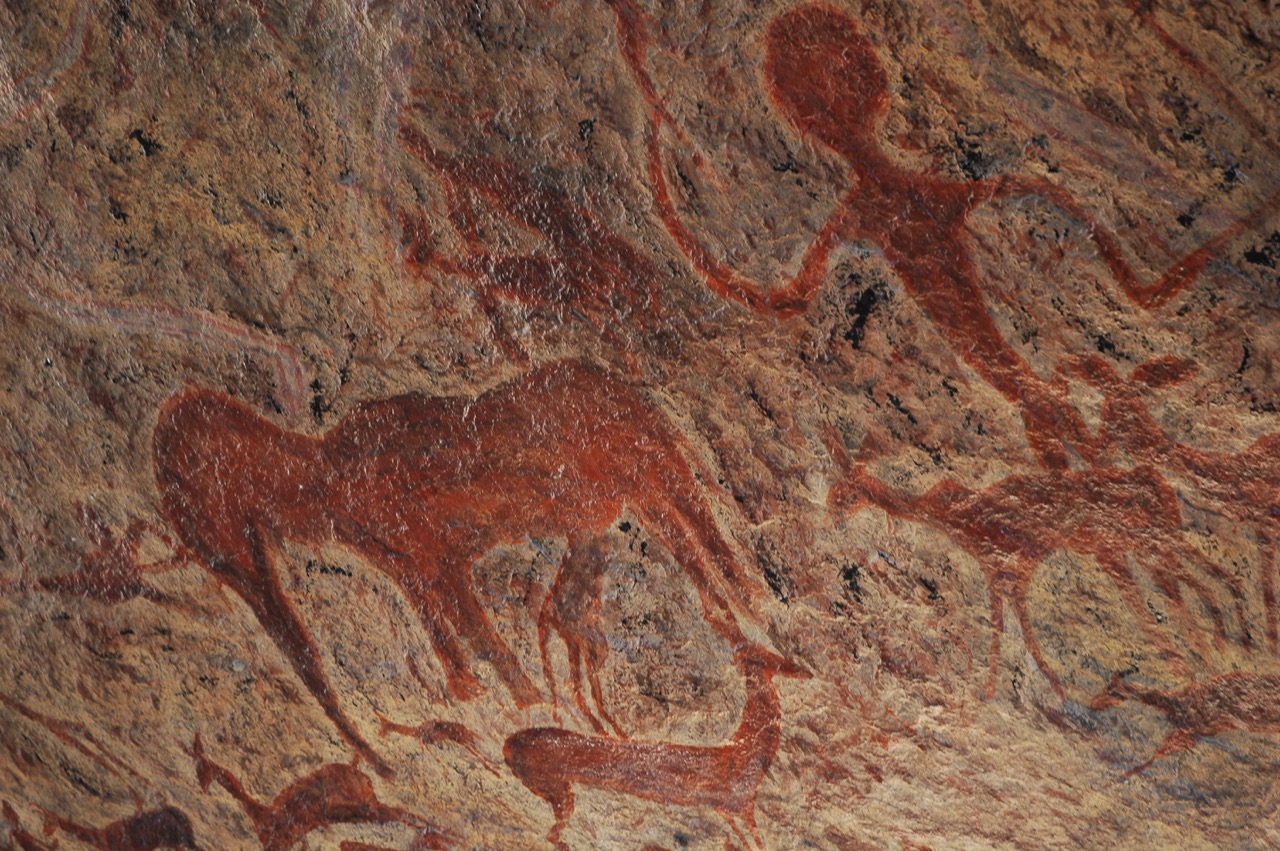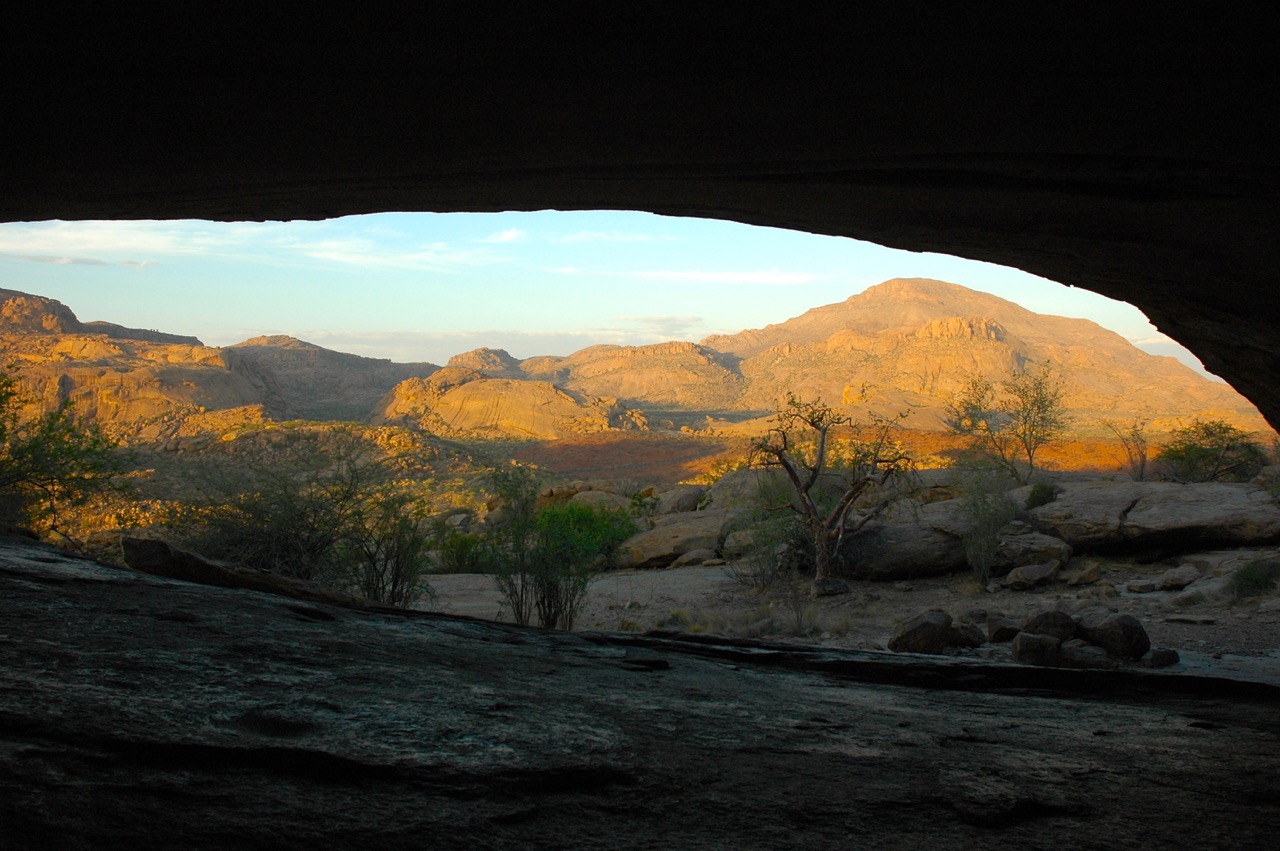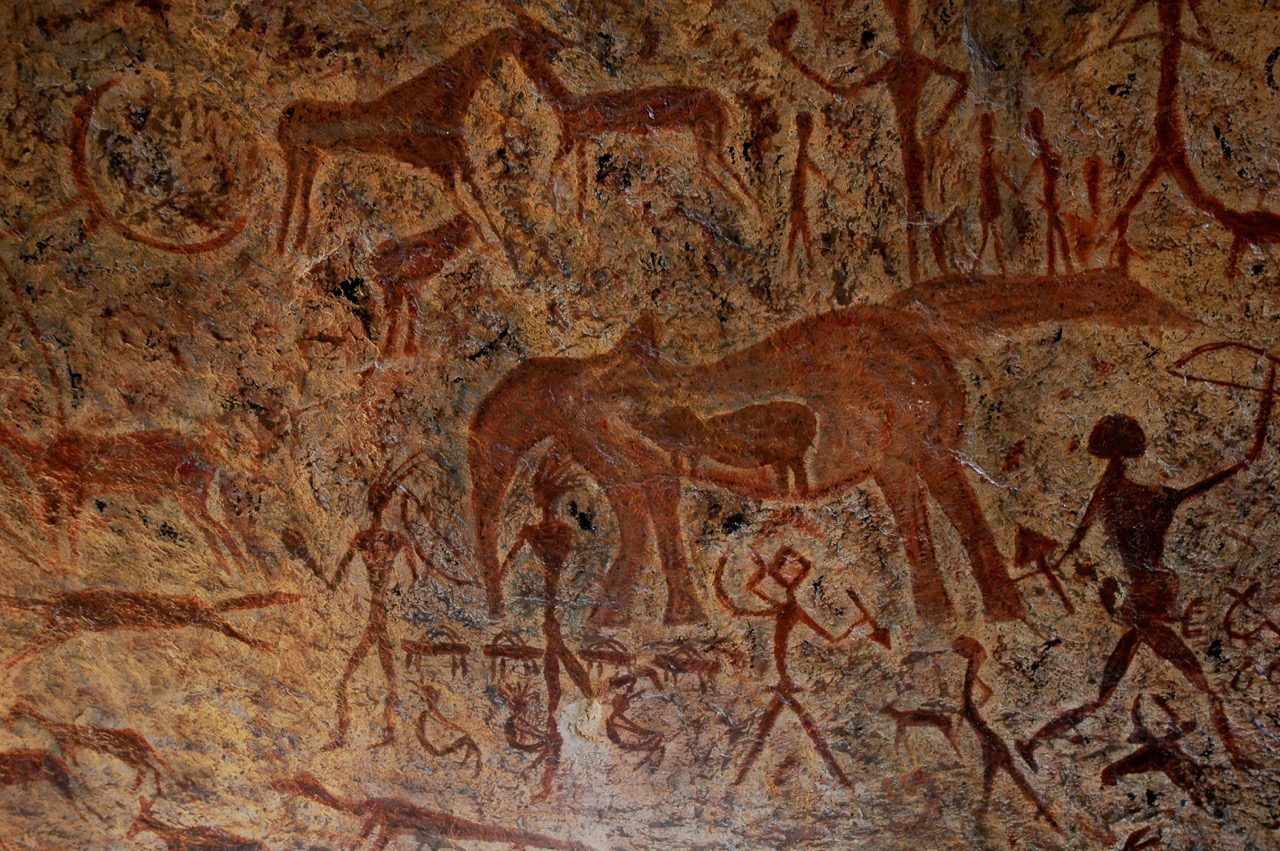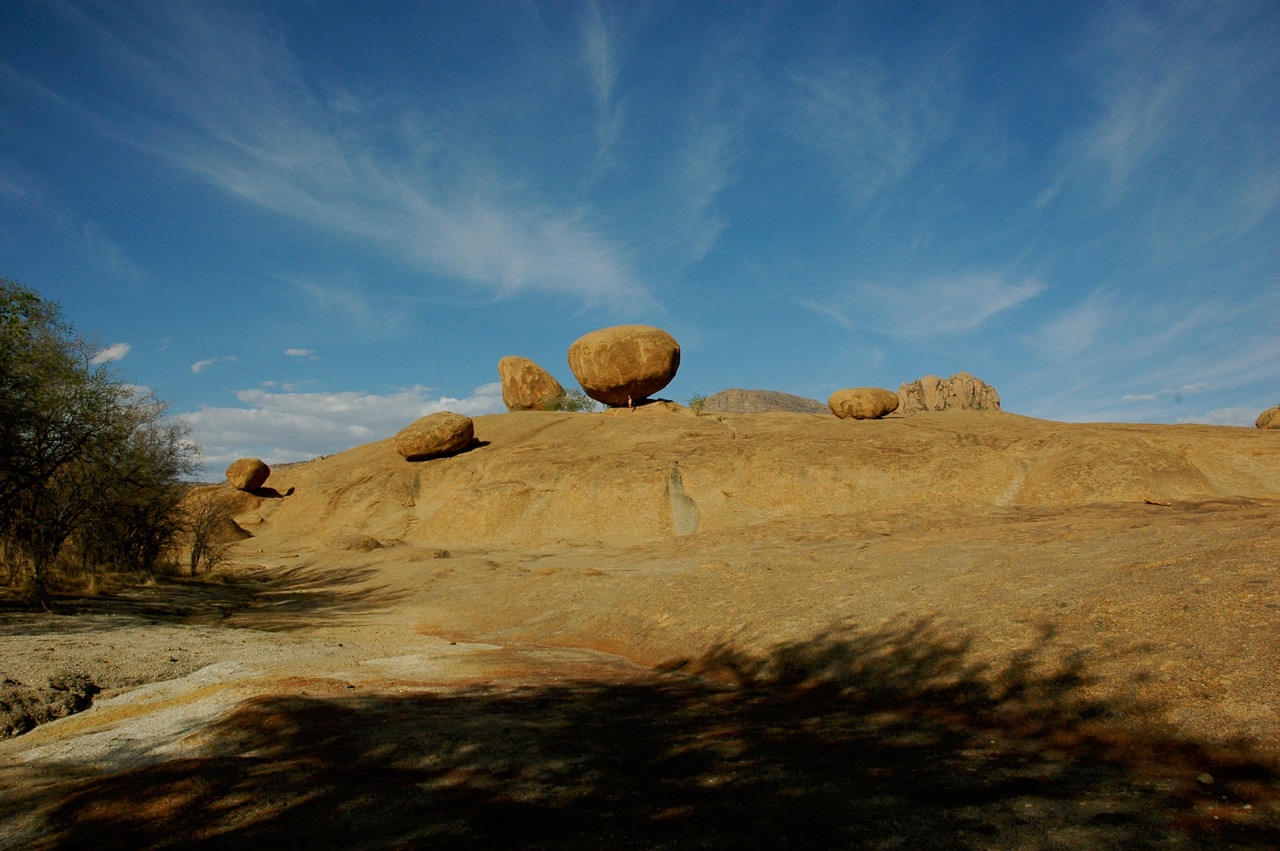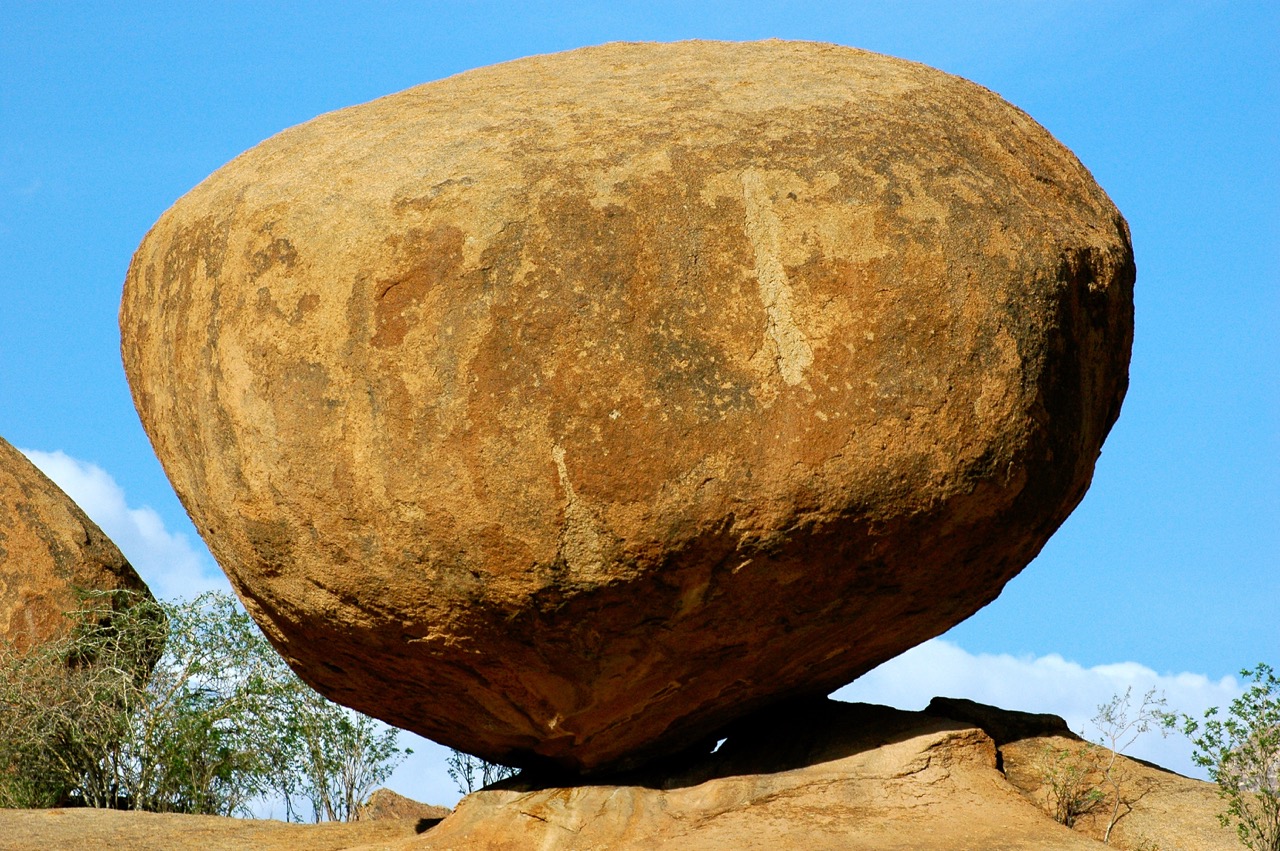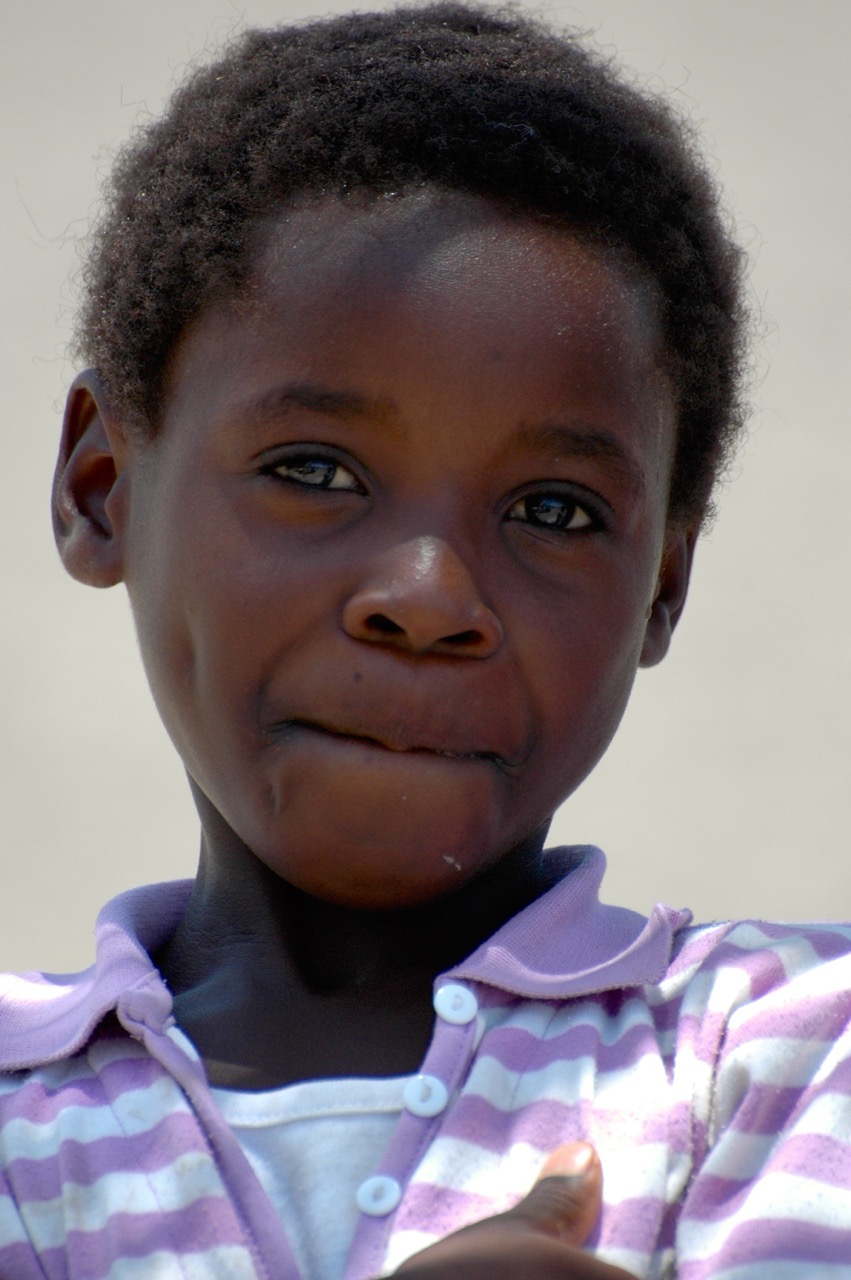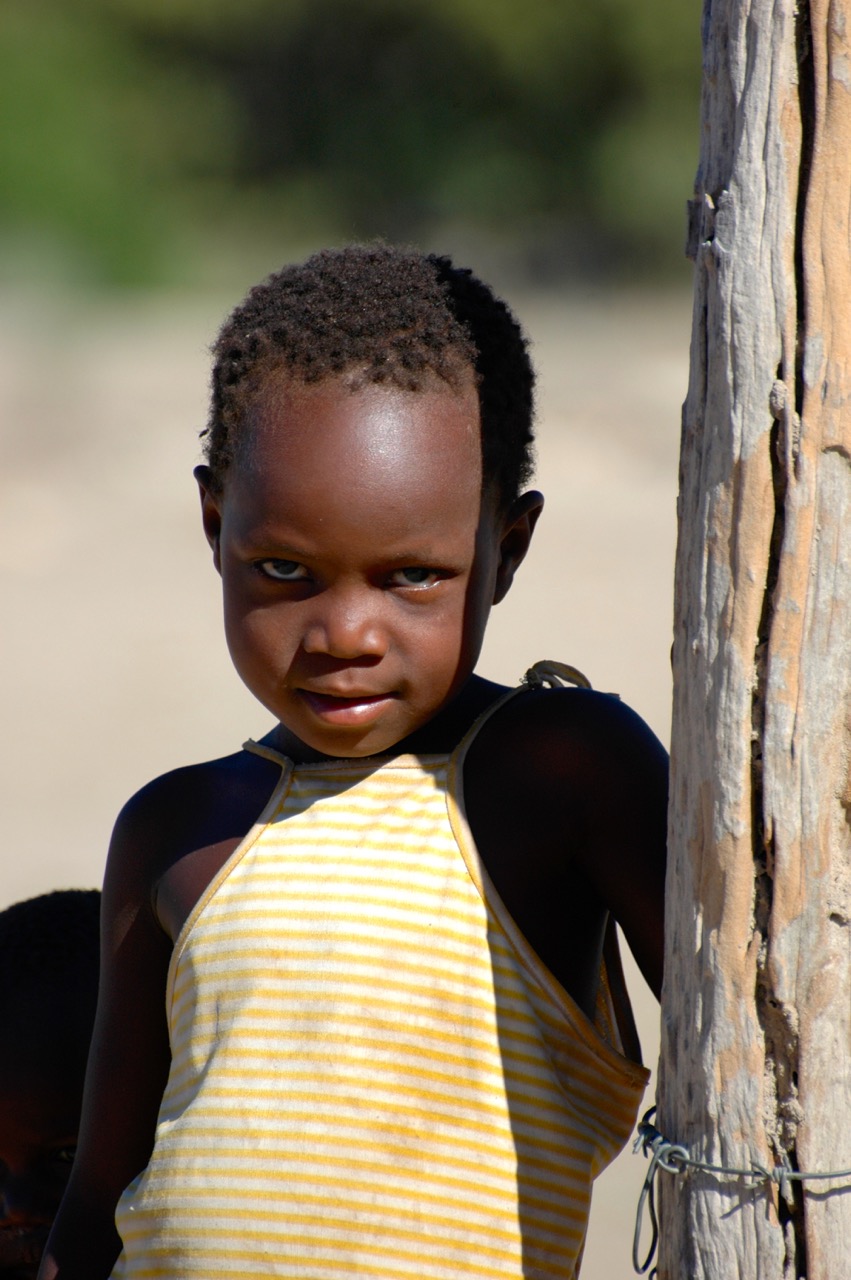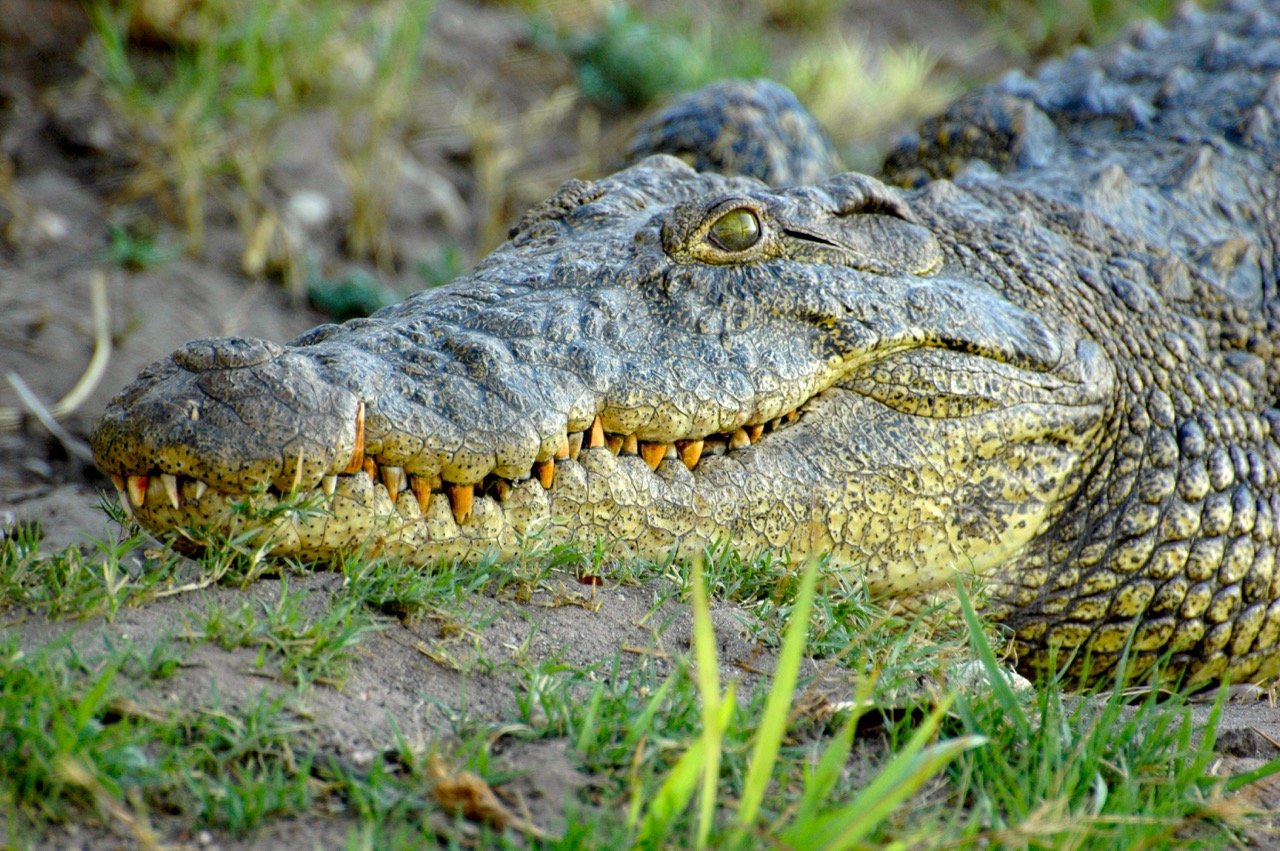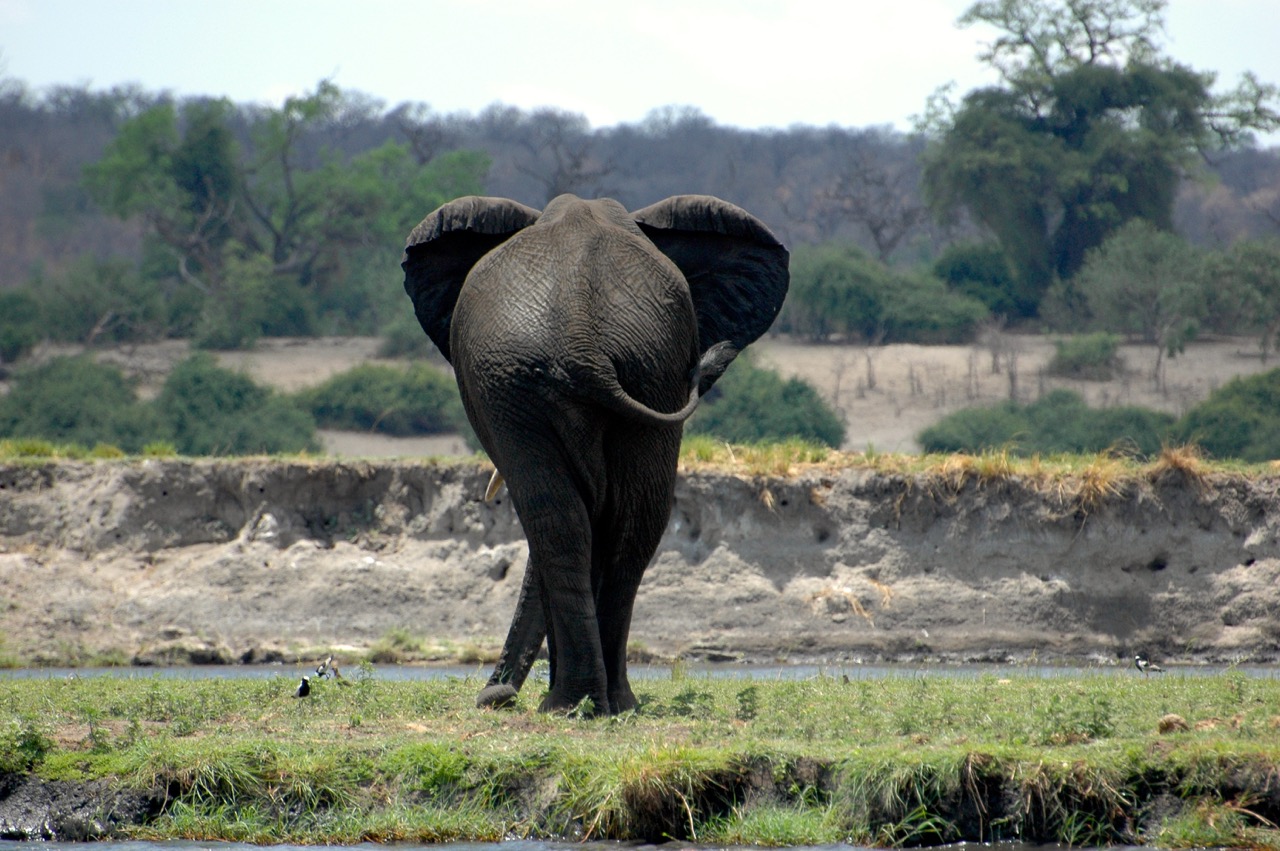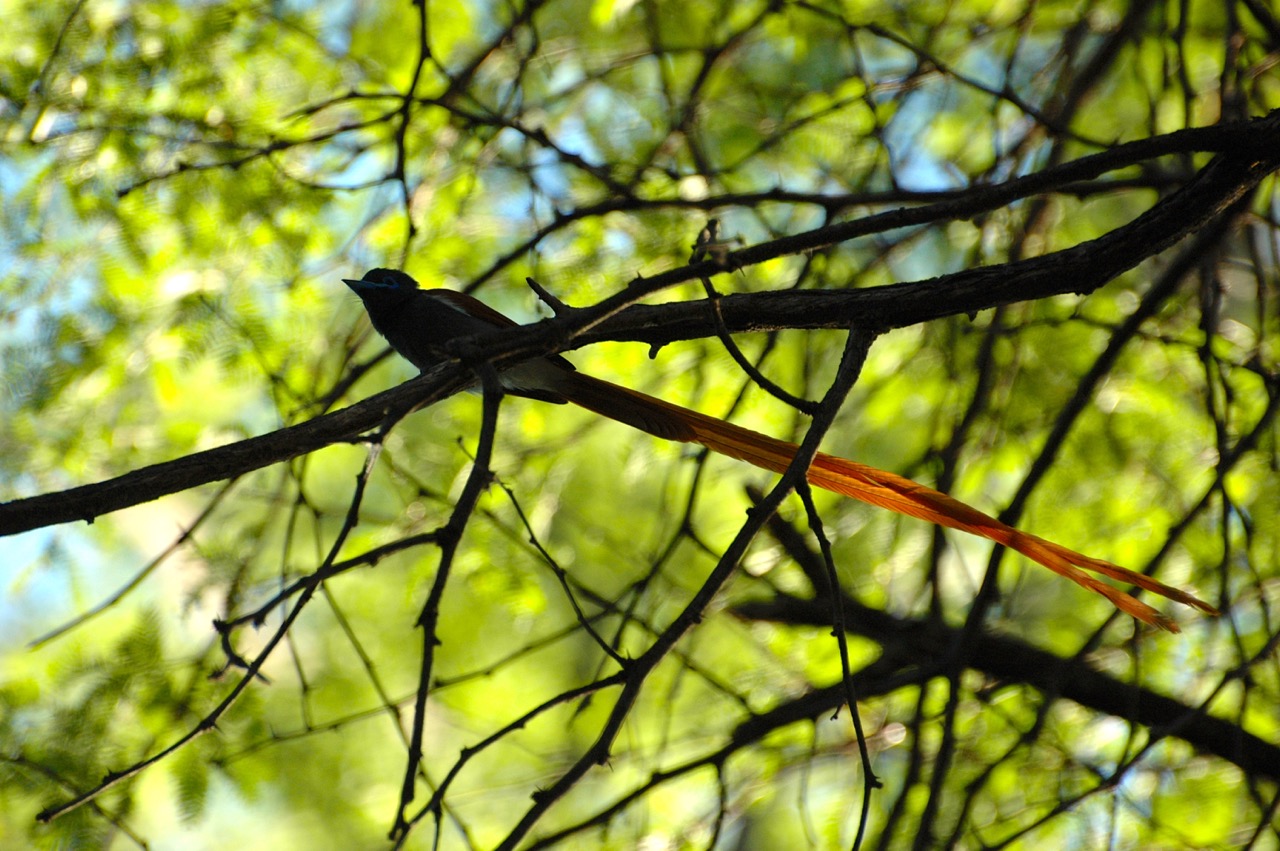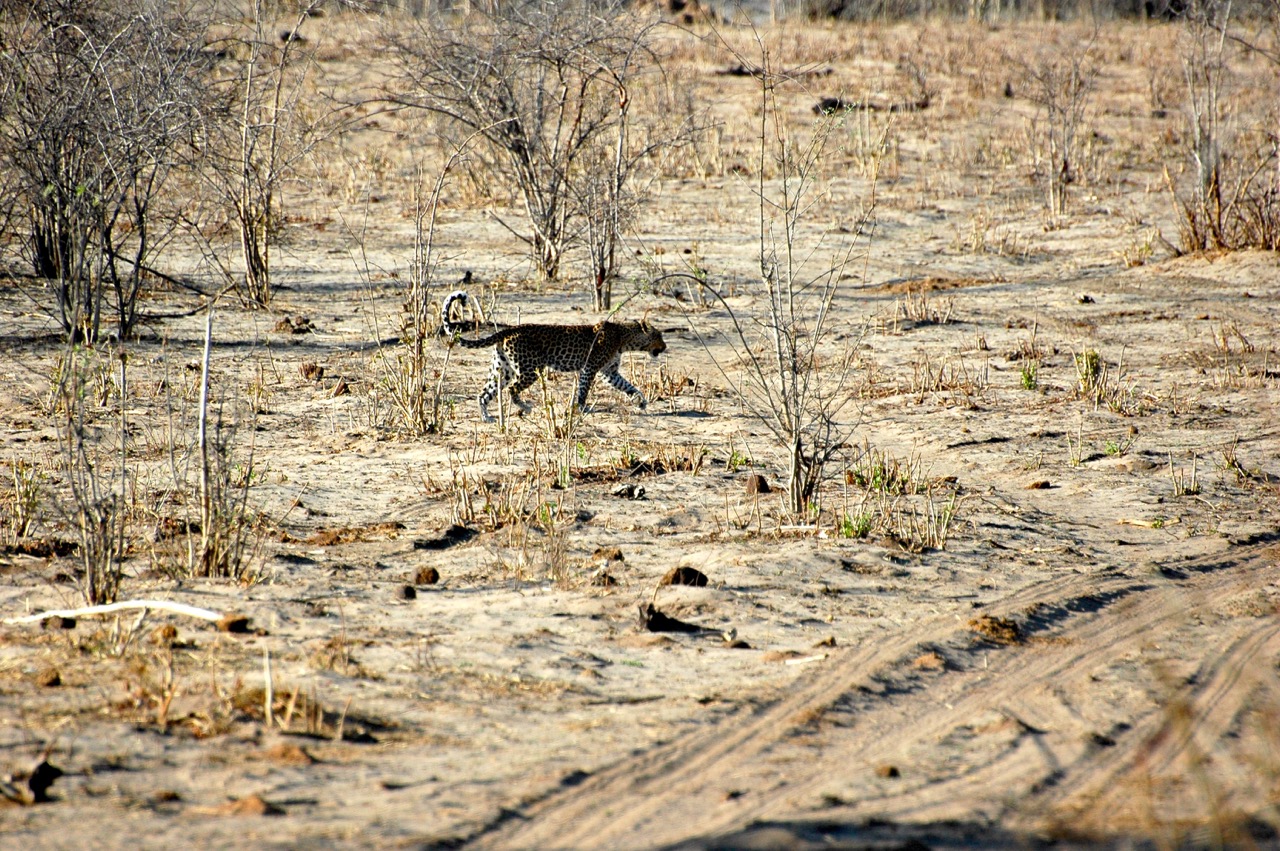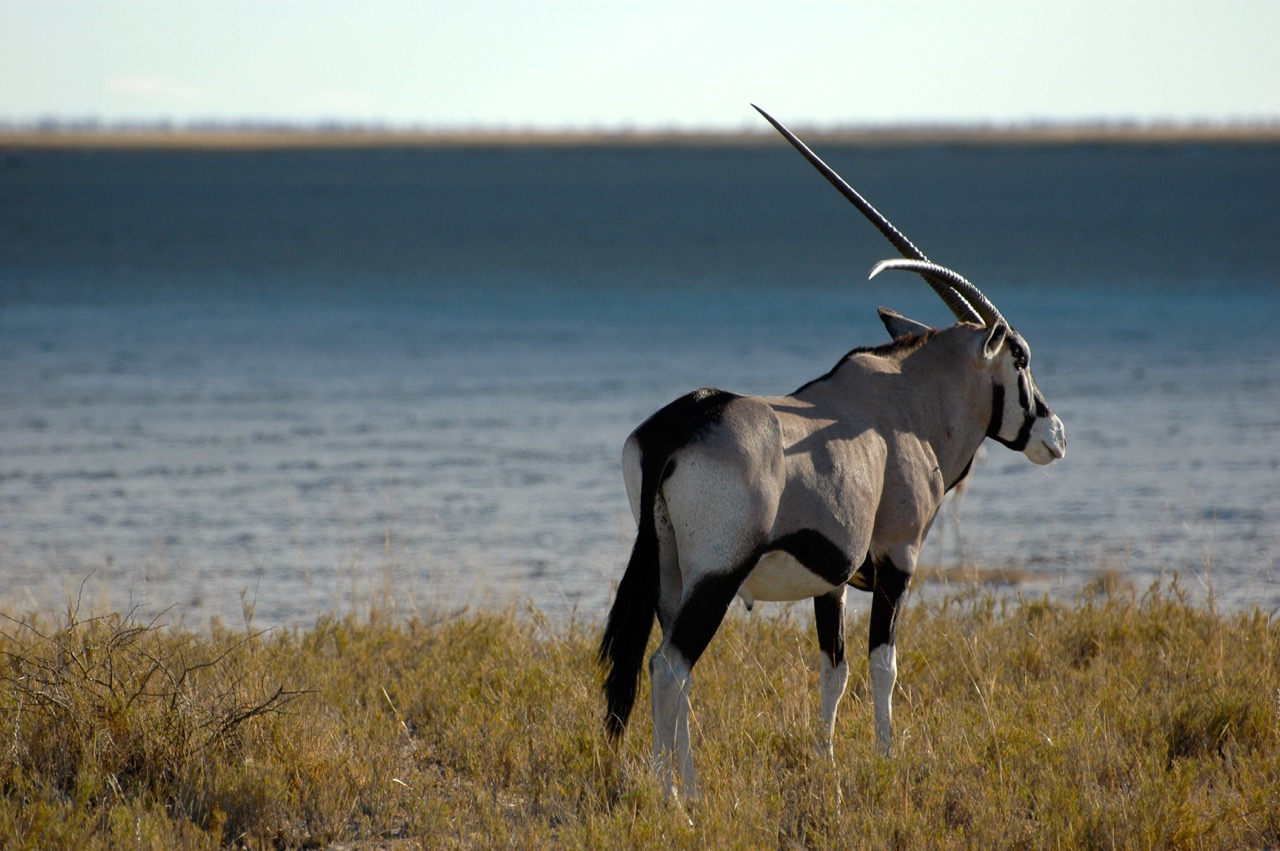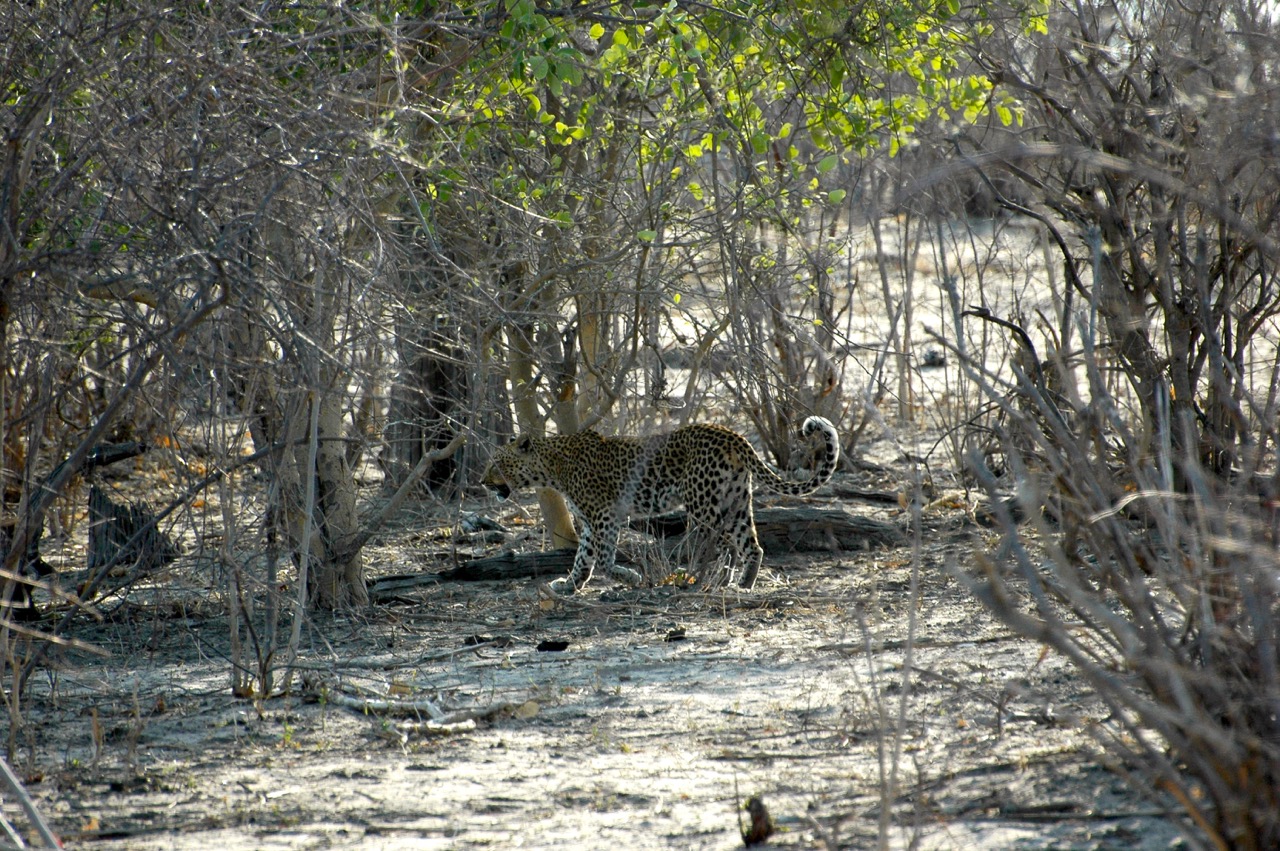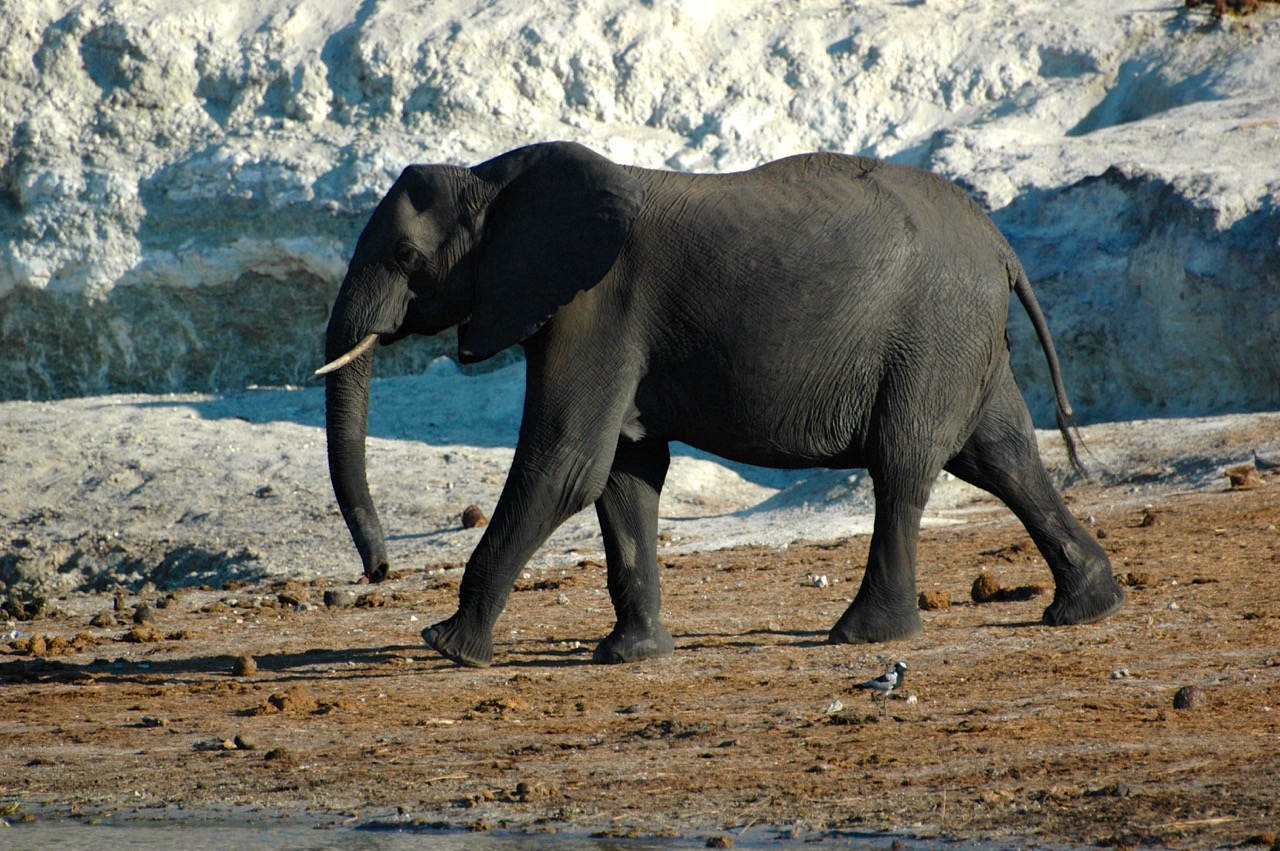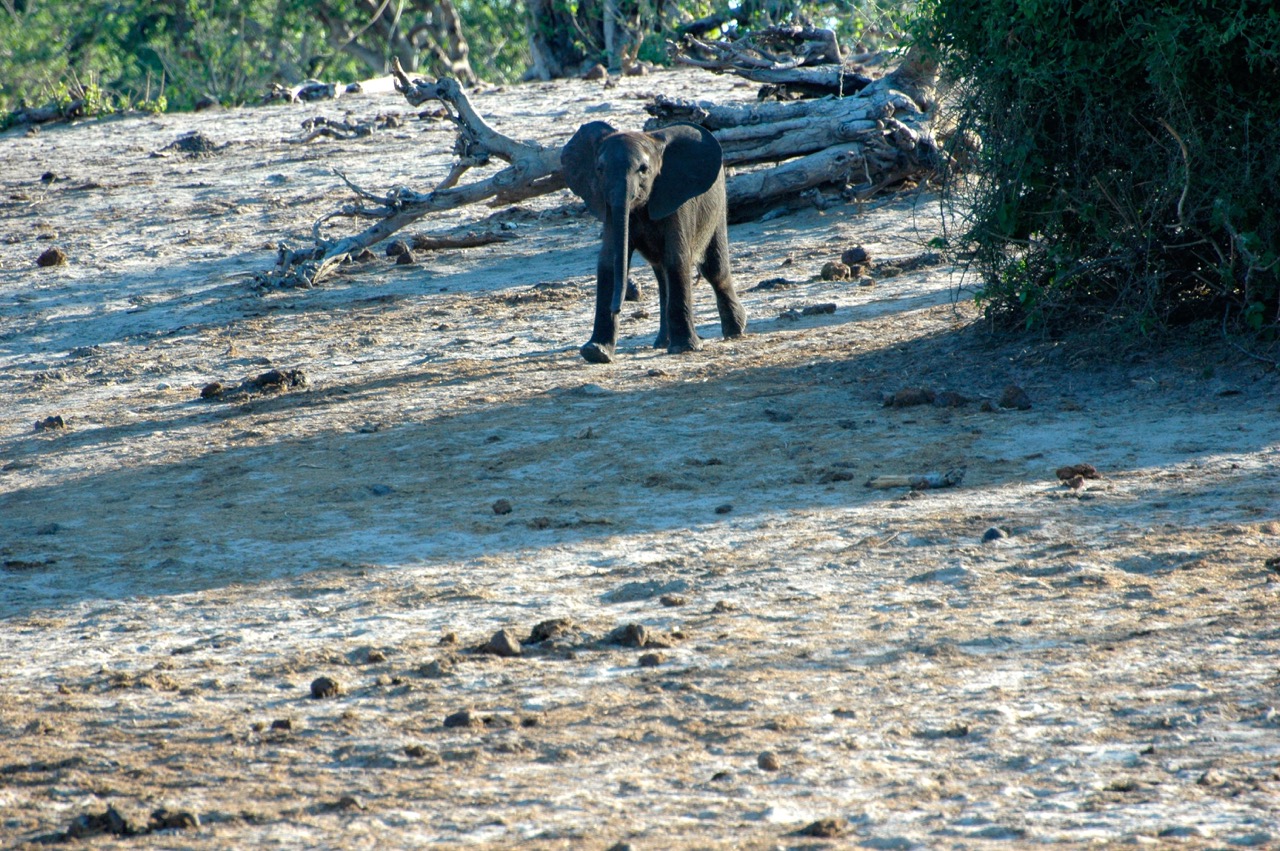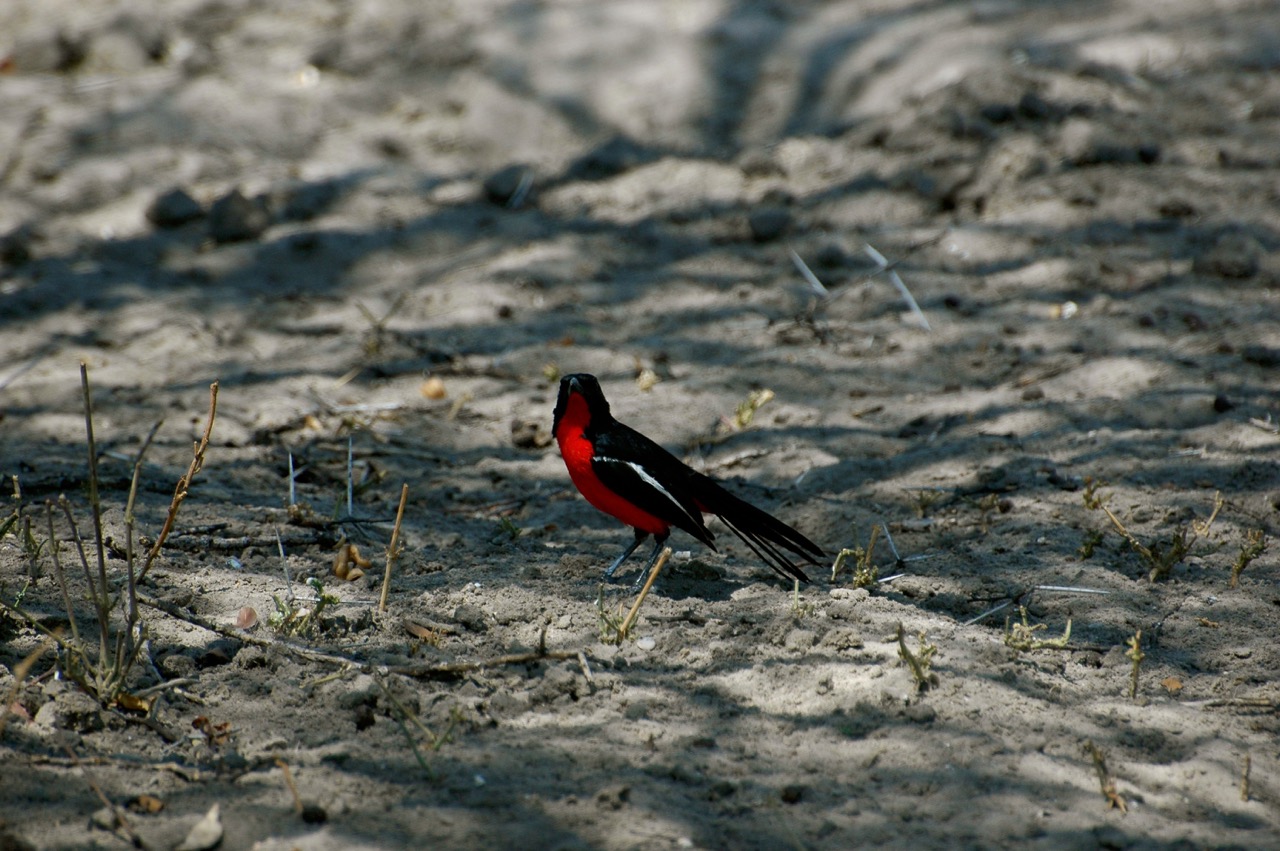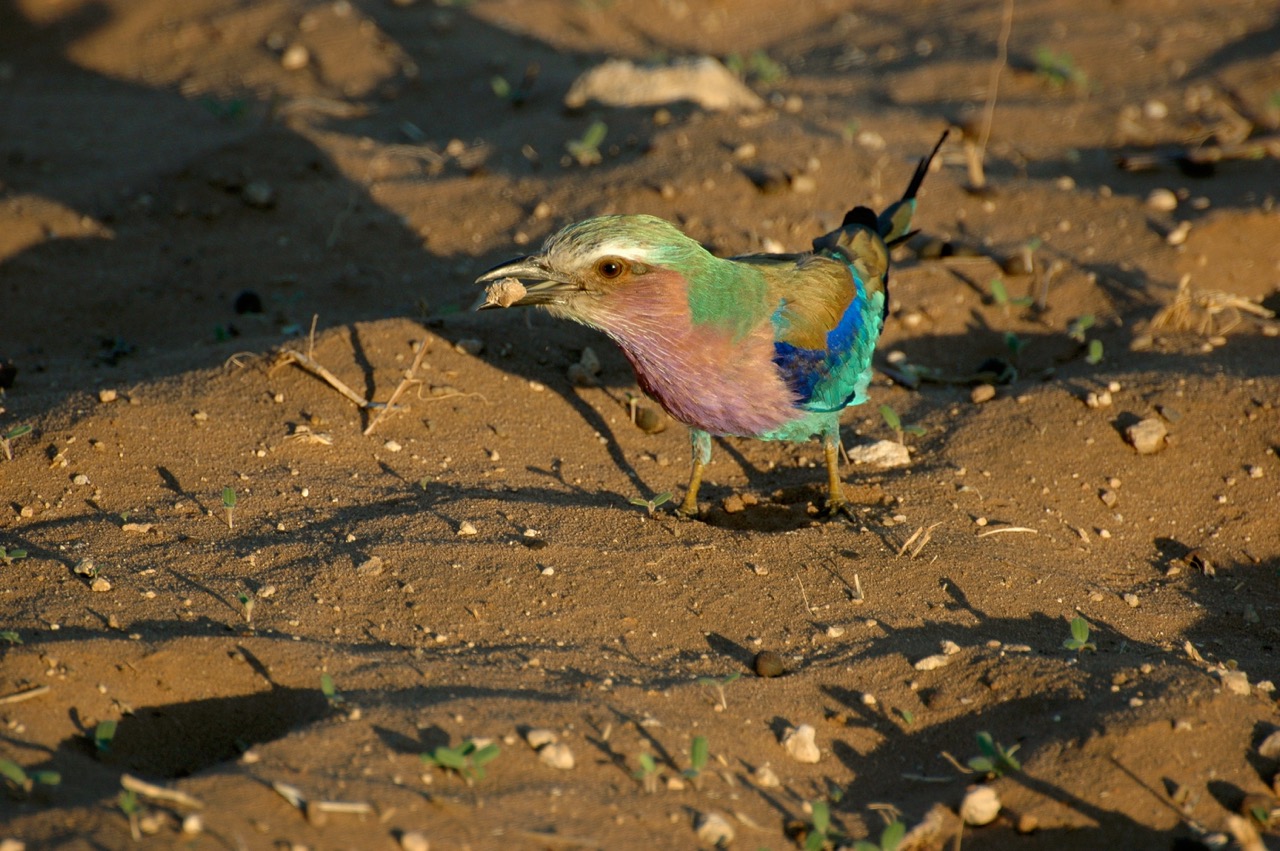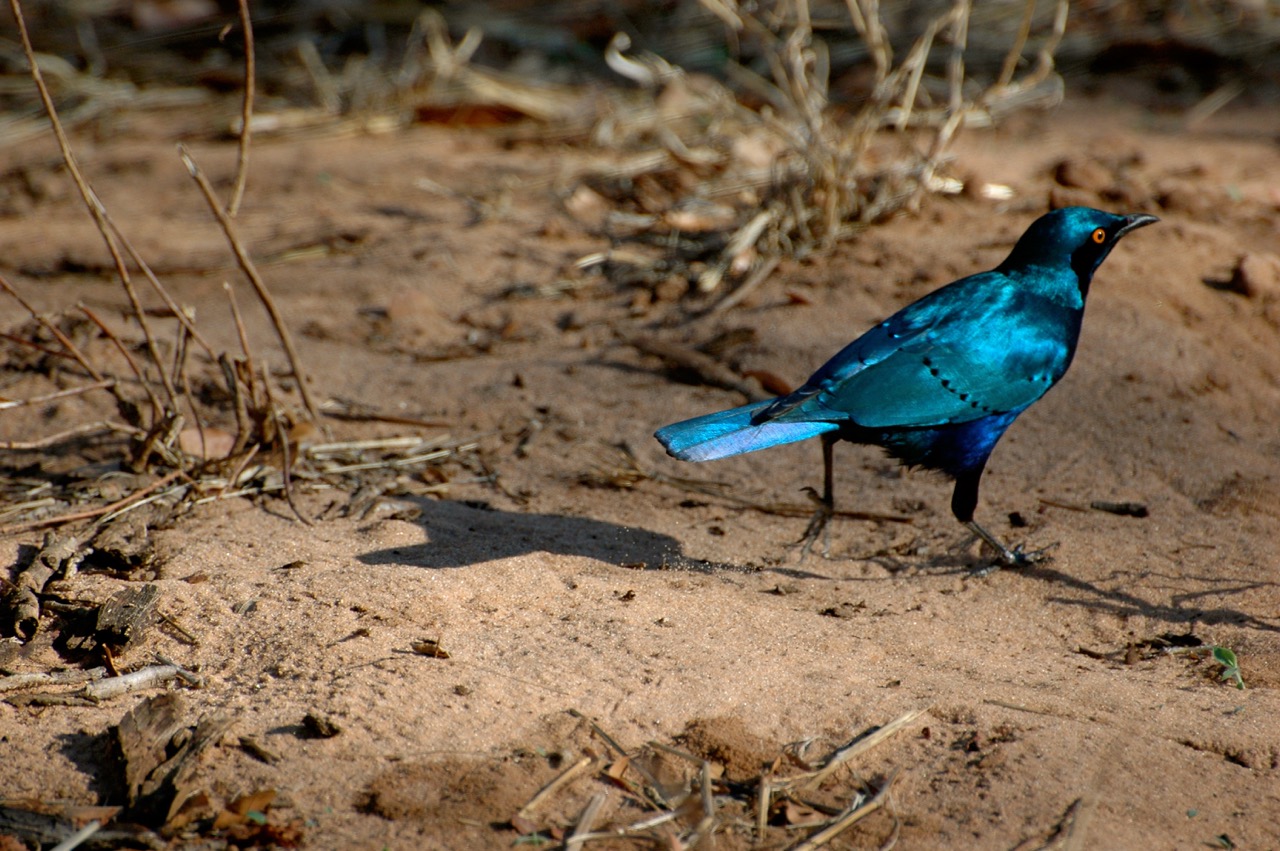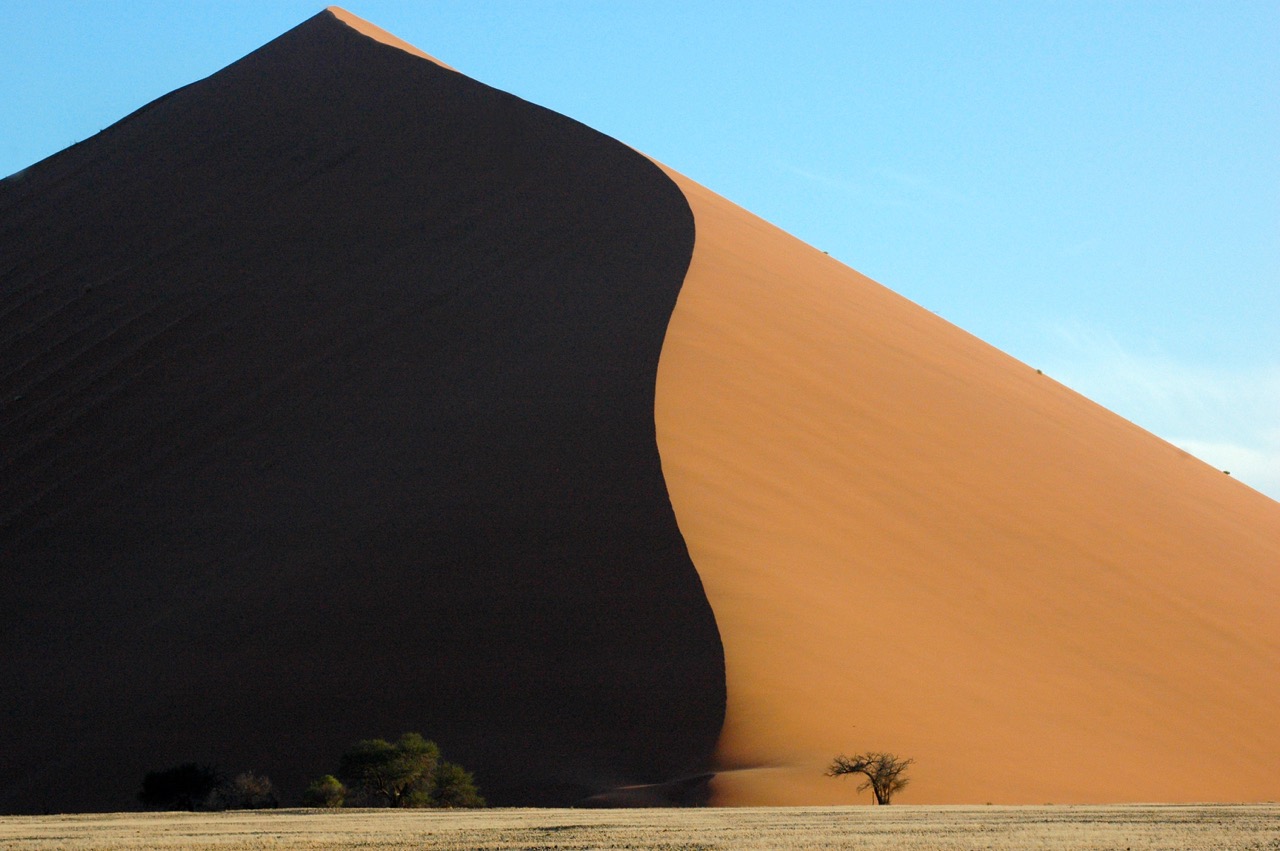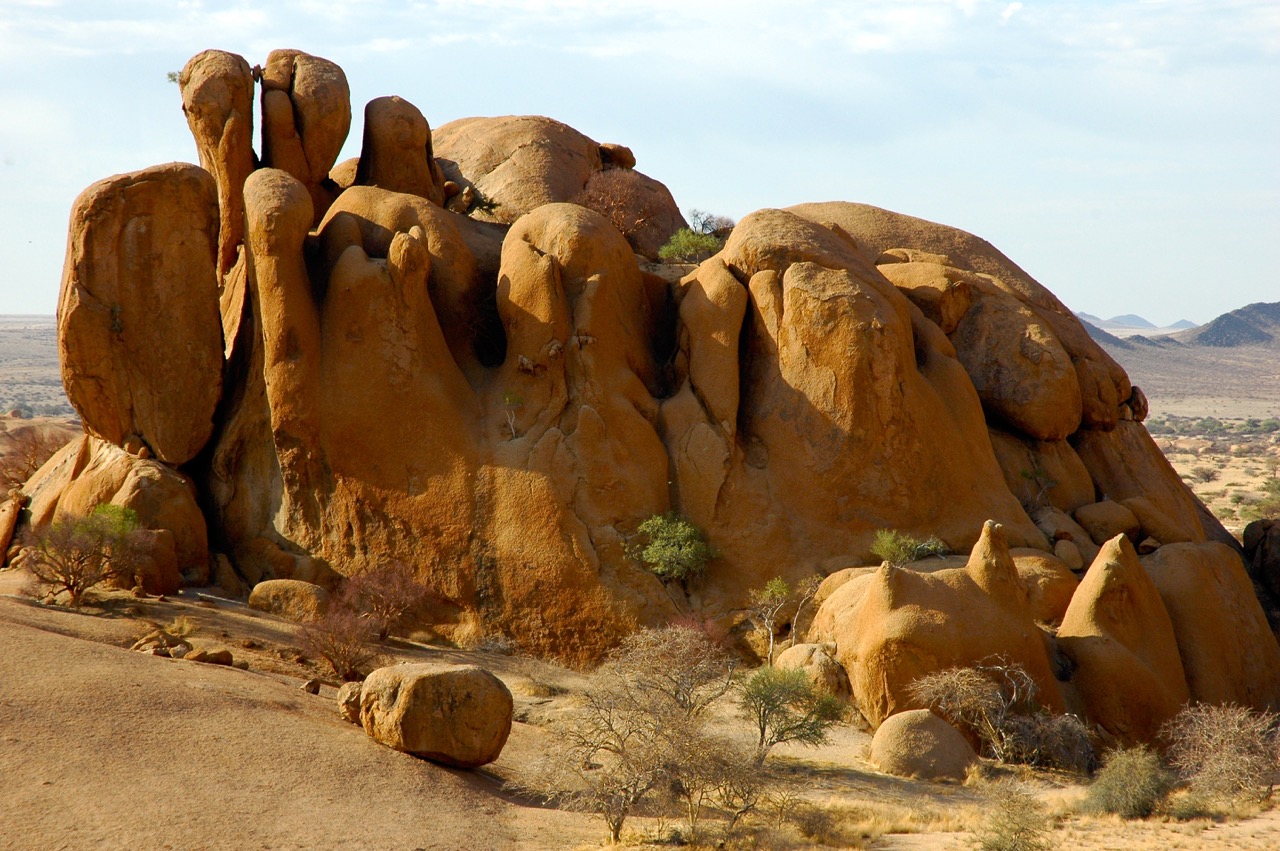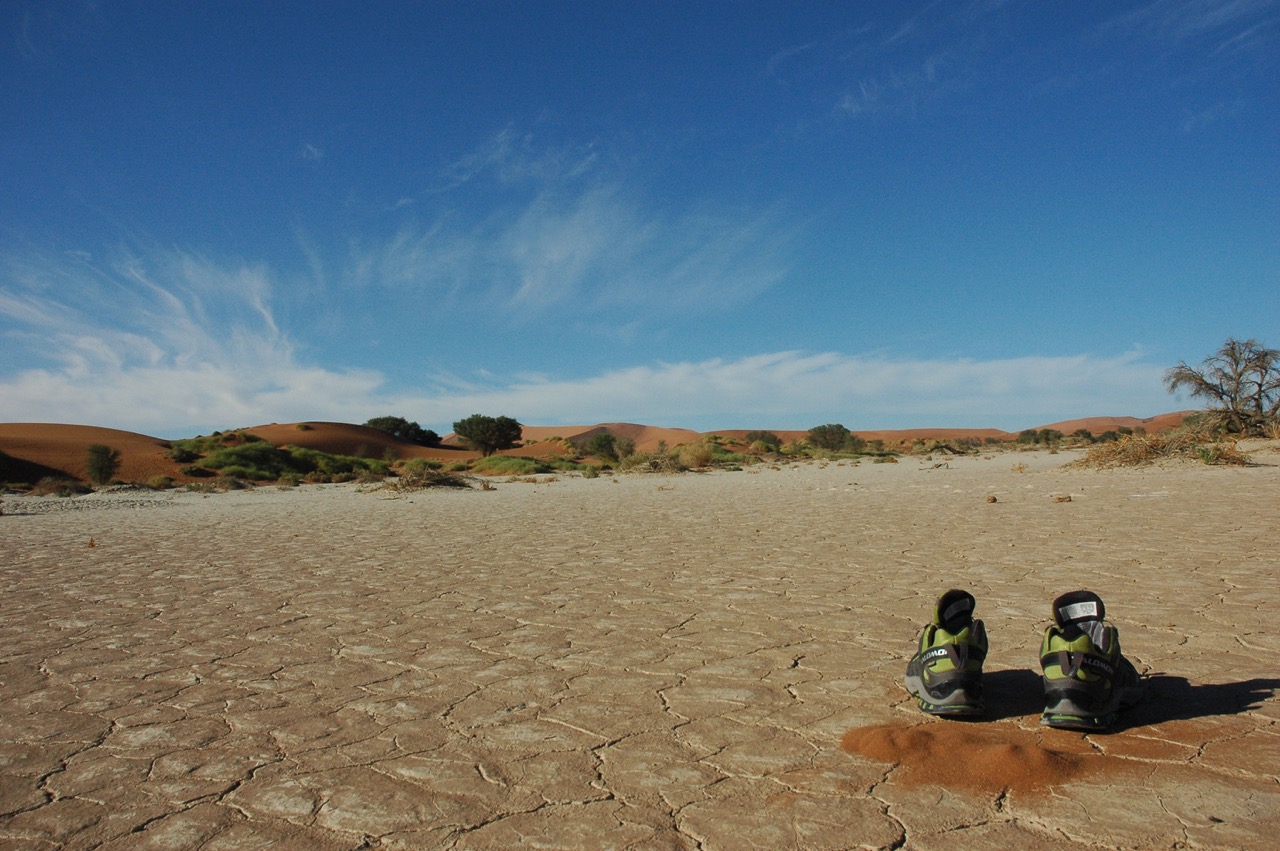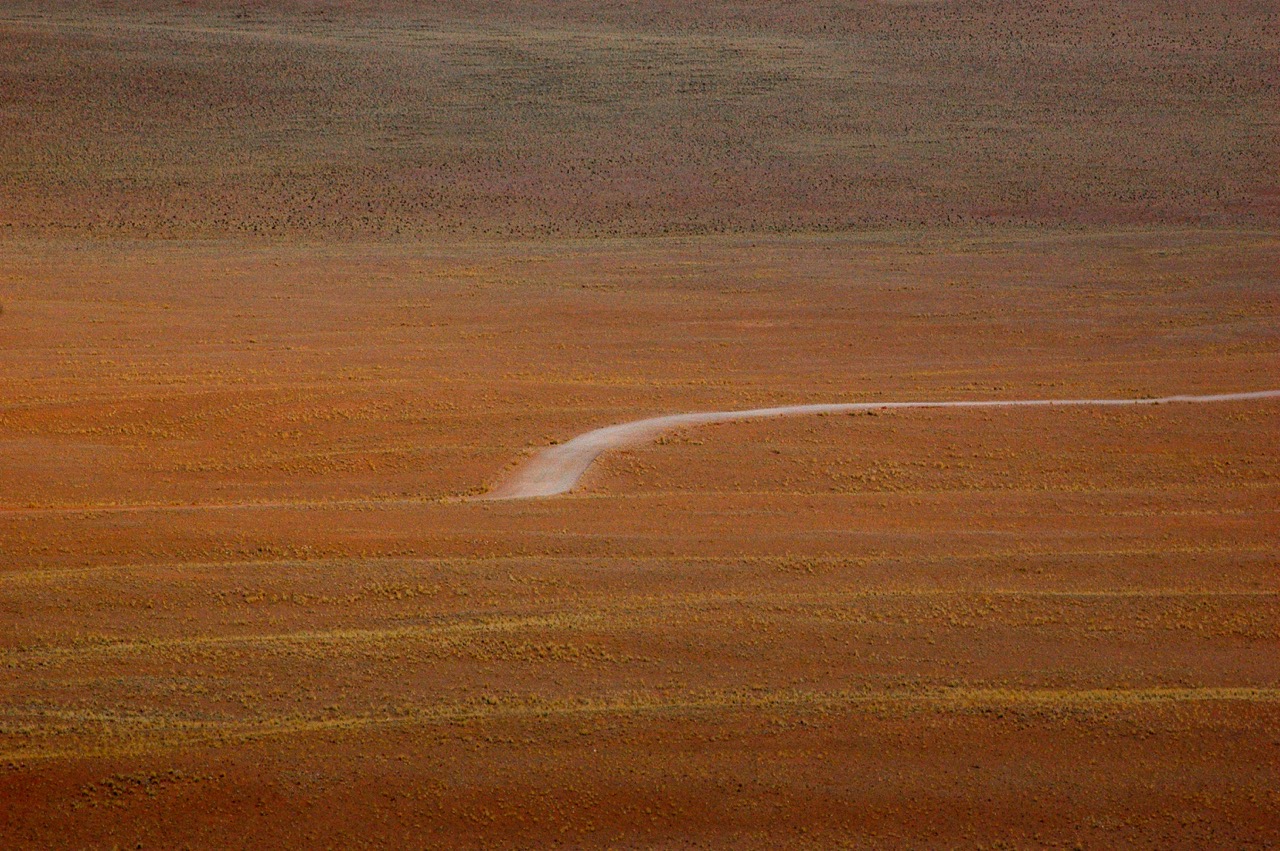Putting the pedal to the metal while racing through the desert has long been my dream, and then it deflated … all four of the wheels had to be deflated to half their tire pressure, to be precise, otherwise my car would have gotten stuck in the sandy soil.
Namibia got its name from the Namib desert, which is where I wanted to go to see some of Africa’s wildlife in its natural habitat. Namib desert that’s where I wanted to go.
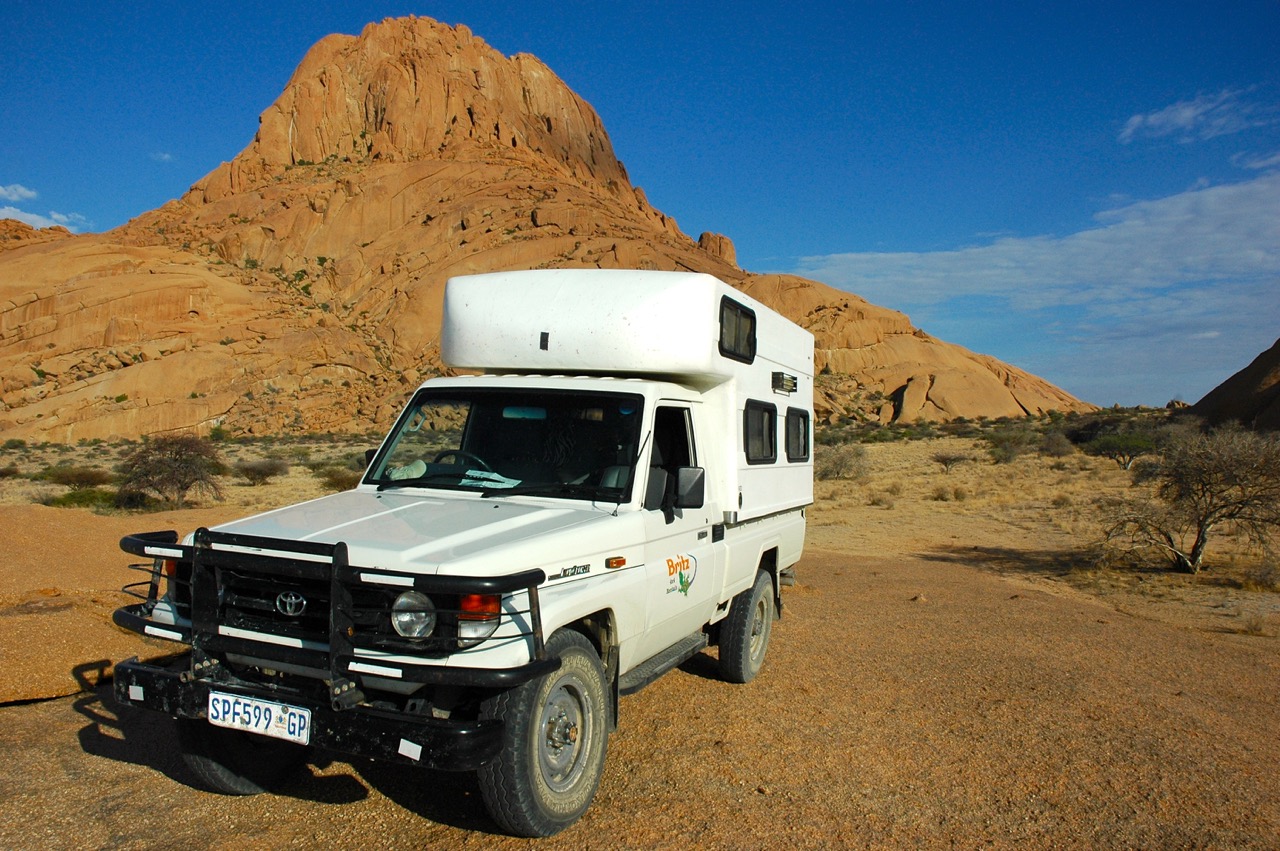
Naturally, the desert trip I had dreamed of involved utmost independence, for which purpose I rented a Toyota Land Cruiser from, Britz’ rent a car. Designed for four people, it was luxurious for the two of us. Having stowed our water tanks and four replacement tires as well as checked air pressure, emergency fuel tank, maps, how to change the tires and where to call in an emergency, we set off due North.
Namibia is comparatively easy to travel, whether you’re an individual tourist, photographer or adventurer of any kind, but you must not underestimate the dangers, especially in regard to theft and robbery. Namibia, ministry of foreign affairs
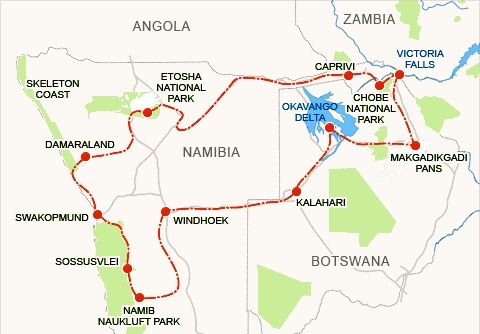
The routes suggested for traveling are varied and individual. Personally, I would suggest an individual tour of about 26 days combining Namibia and Botswana. Check out these agencies offering different tours:
Leaving behind Windhoek, we took the well-maintained B1 to Waterberg National Park. The park’s a wonderful place to just hang, enjoy a sundowner and relax in one of the hotels like Plateau Chalets or Wilderness Lodge. WATERBERG WILDERNESS LODGE
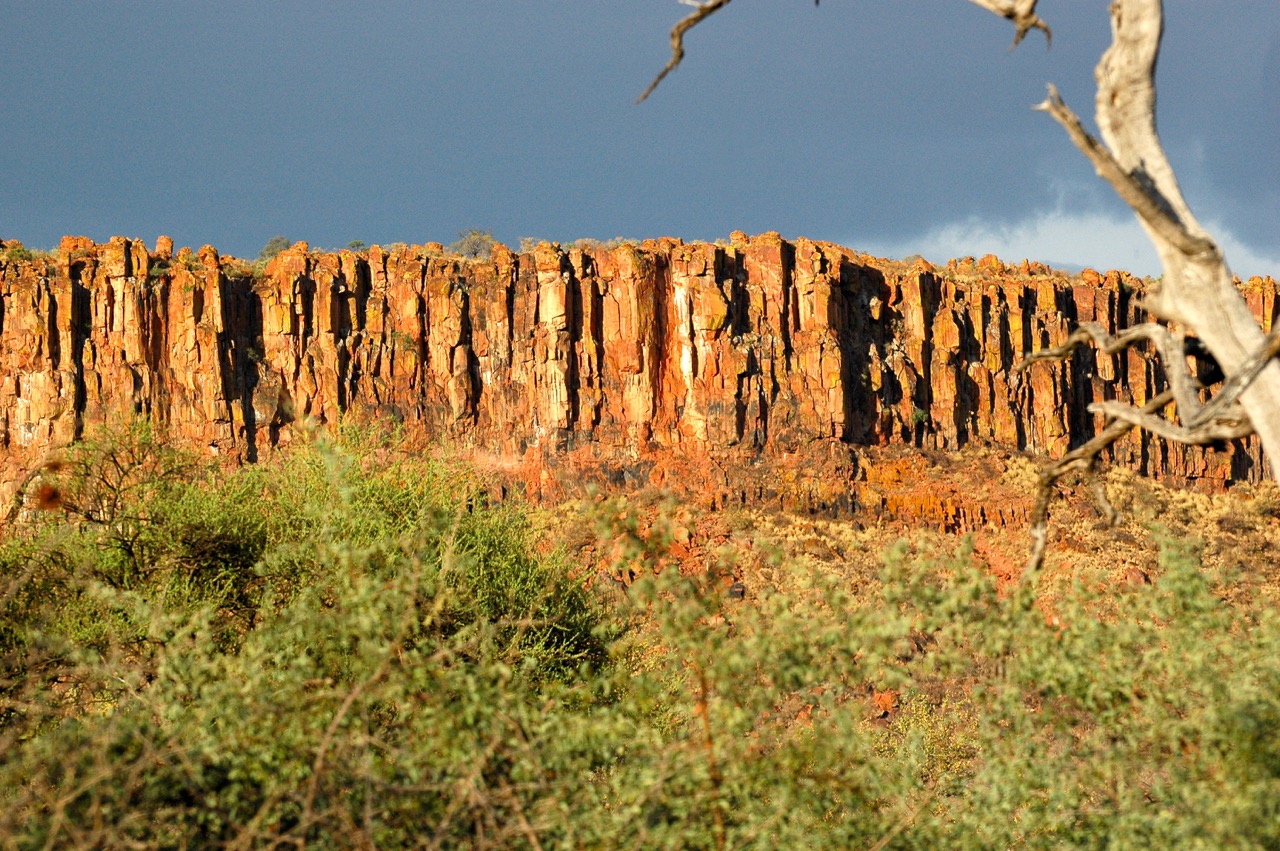
Of course, the park is also ideal for hiking and spotting wildlife. Most visitors quickly move on to Etosha, so you often get to have the whole area to yourself. It’s also a good place to check your camera before heading into Etosha’s great salt pan.
We continue to Etosha National Park.
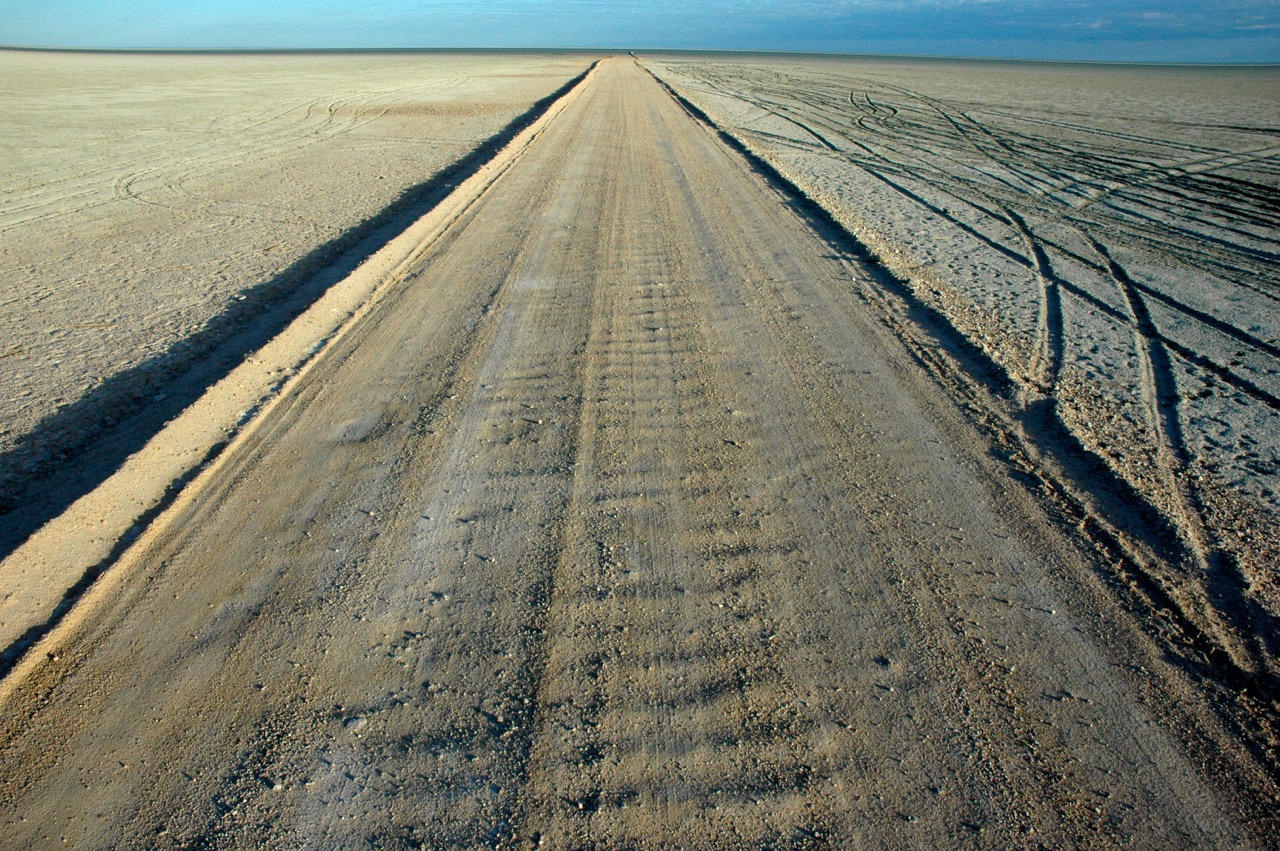
Etosha means “great white place“, which perfectly describes it. You only need to explore parts of the 4800 square kilometers large park to realize its gigantic size.
Of course, there are great hotels like ETOSHA NATIONALPARK , but if you’re self-driving, you really should put up your camp near watering holes. They tend to be the best places for wildlife viewing, and since most predators are nocturnal, you’ve watched your fill and are ready to leave when the hordes of tourists arrive in the morning! But by the same token, you have to be careful when going to pee at night or star gazing – you are not in a zoo.
I get to speed in the Jeep again as we head towards Botswana via Chobe National Park. There’s a multitude of discoveries to be made along this section of the route.
A detour to the Otavi Triangle takes you into lesser-known regions like the Otavi Mountains. This 2000 km high mountain range causes comparatively high rainfall which in turn enables intense agriculture, mainly corn. As a diver and general lover of water, I was most fascinated by the large underground lake under Dragon’s breath hole
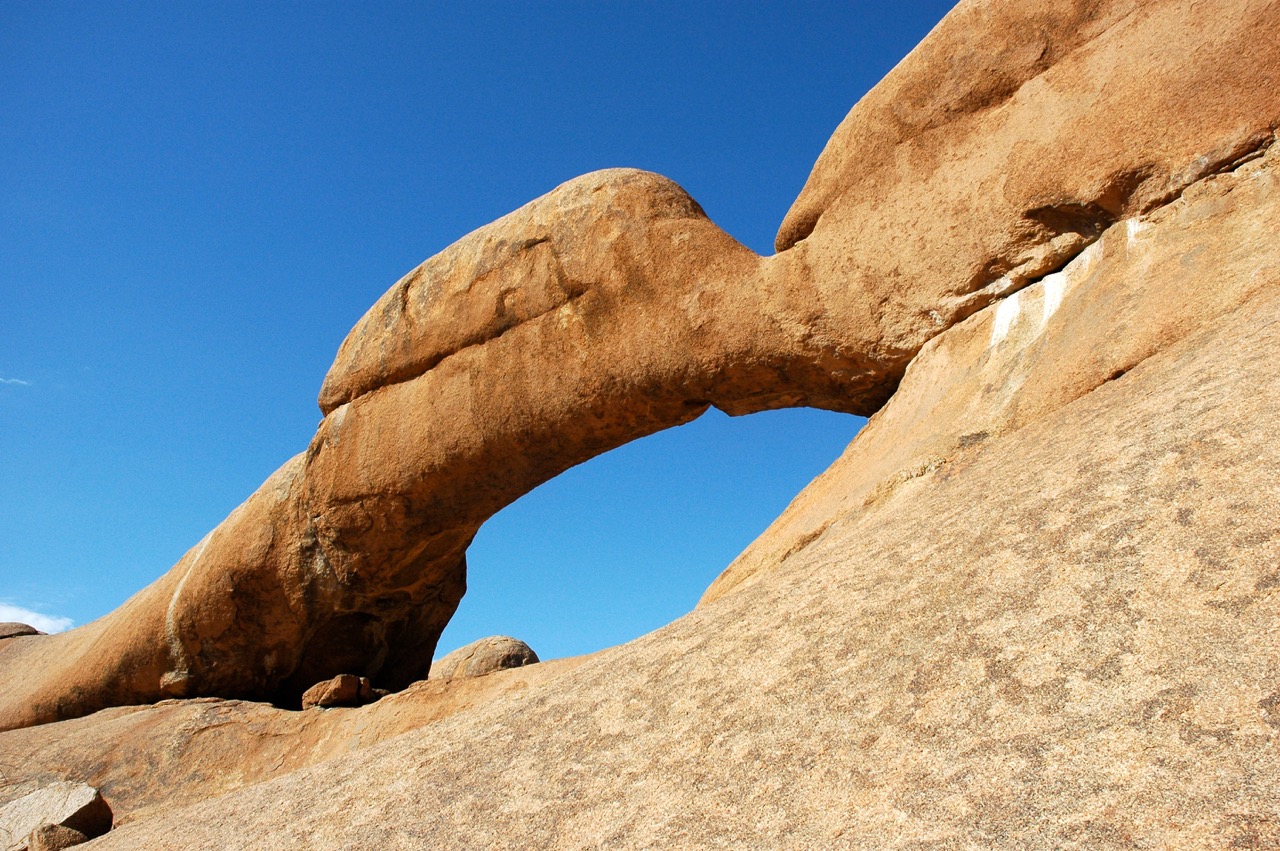
We move towards the Okavango Delta and Bwabwata National Park, close to where the Mafwe, the kings of Caprivi, live. The dances are infectious, but I found them too touristy. I was more interested in the small villages on the way to Chobe, where we had the opportunity to get into contact with the rural population. Warmth and laughter made language barriers disappear, and we always had a few colored pencils and paper to gift the children with.
A little town called Maun serves as the gateway to the world-famous Okavango Delta. OKAVANGODELTA It’s the largest interior delta in the world, created by the Okavango River meeting the Kalahari desert. The resulting merger between masses of water and sandy soil created a variety of fauna and flora unique in this world. A large part of this natural paradise is a designated conservation area, e.g. the Moremi Wildlife Reserve, the oldest nature reserve in Botswana.
Chobe: All the elephants, hippos, crocodiles, antelopes and giraffes seem to have waited just for you, as the Victoria Falls thunder and roar in the background. Magnificent colorful birds dart across the hot desert sand like tiny diamonds as they search for insects. Chobe offers a stunning natural display that you shouldn’t miss.
Since our Jeep was showing clear signs of (my) rough use, we decided to go back the way we had come (and later visit Damaraland, Swakopmund, Sossusvlei and the Namib Naukluft Park) instead of returning via the Makgadikgadi Pans National Park.
Before we leave we gaze the play of colors from all these different birds, the sparkle like small diamonds while piking for insects on the hot desert ground.
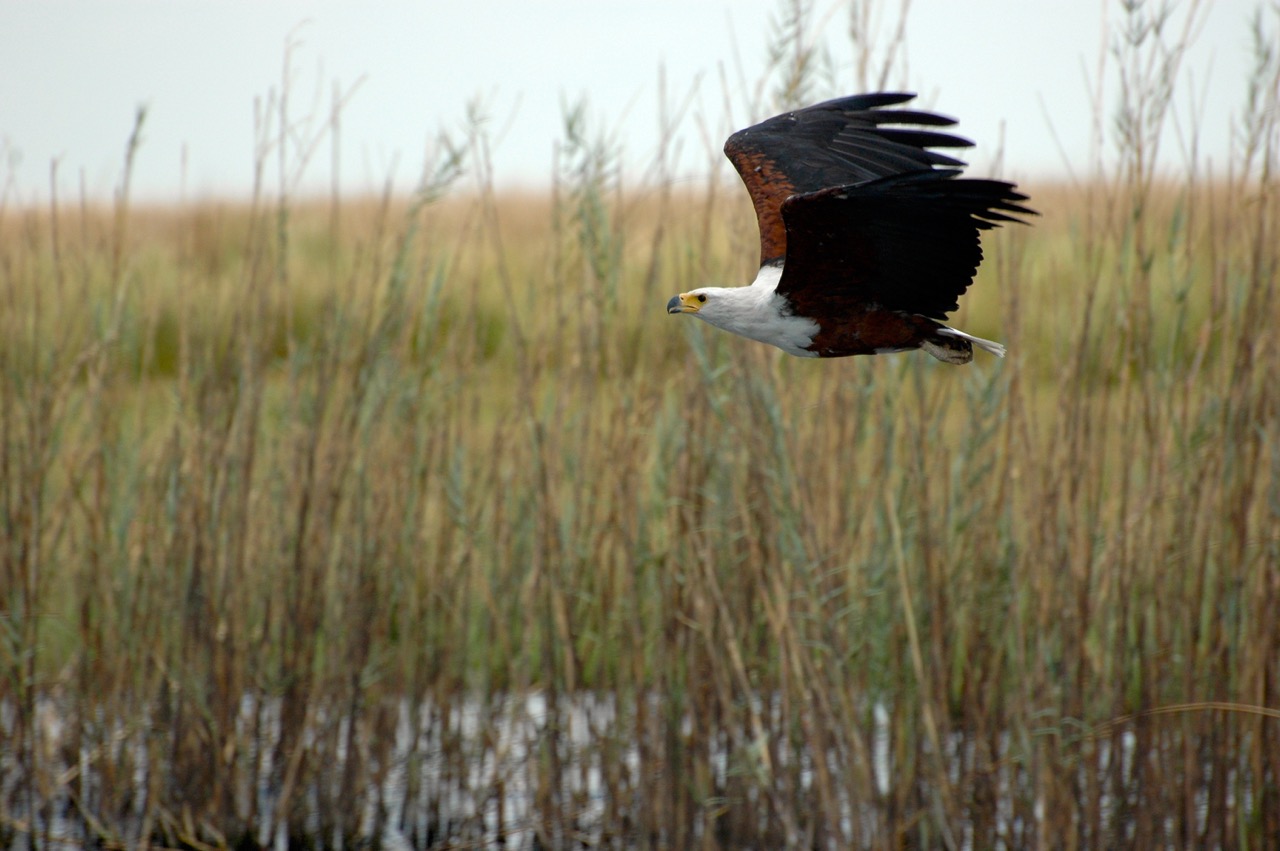
We spent a further night in the Land Cruiser to use the time we had to wait in line for Sossusvlei to take photos in the morning light. The entry fee changes all the time, unlike the 65 km ,offroad’ which you could also take with an ordinary car (except for the last 5 km).
Once inside, we were met with quiet, colors, and of course more sand. The variety of motifs is breathtaking. The interplay of shadows and light combine with the wind, which constantly shifts the dunes into different shapes. Everything seems reduced and nothing wasted. Nature invited me to give in to its calm beauty, and I spent a few days in this meditative environment.
Namibia and Botswana made for a wicked cool trip. Driving ourselves, equipped with enough food and water, we were free to stop wherever the most animals, the calmest places or the most beautiful stars were. There are countless opportunities for camping wild, climbing, watching animals and interacting with different cultures. The fantastic landscapes invite you to marvel and remain a while. I feel down to earth and grab a book while my thoughts are calming down just to be here, here in Namibia.
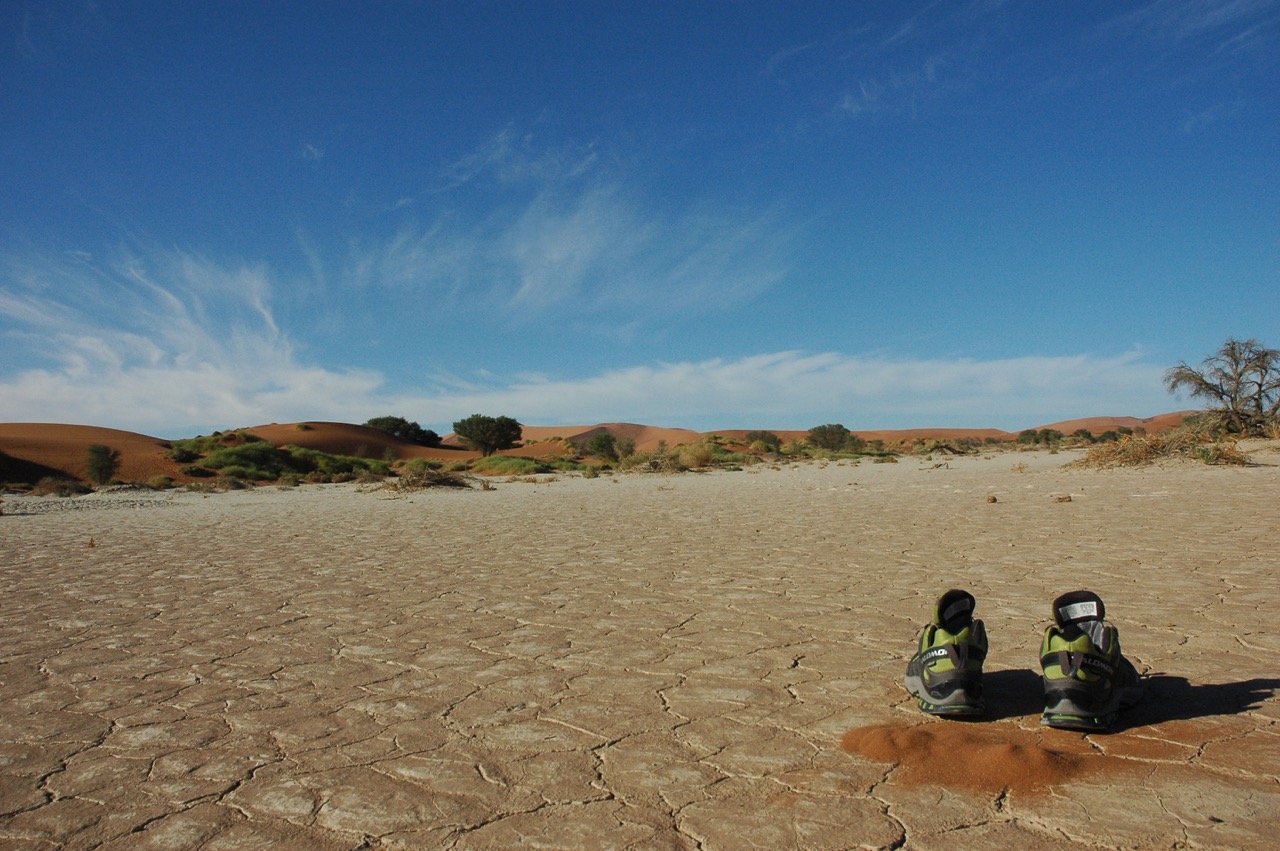
Namibia, March 2007


